The iPhone 13 mini review is undoubtedly one of the most anticipated articles on this year's Jablíčkář. Although this model is perhaps the least attractive to users, the fact is that it definitely has a lot to offer and therefore definitely deserves your attention. So how is the latest mini in action?
Design, processing and ergonomics
Baby steps to adulthood. This is exactly how I would describe the appearance of the iPhone 13 mini with a little exaggeration. Although there are few visible improvements, I think it's worth it and that's why I'm really happy for them.
The novelty can be purchased in a total of five colors – namely red in the (PRODUCT)RED variant, pink, blue, dark ink and starry white. As for storage, you can choose from 128GB for CZK 19990, 256GB for CZK 22990 and 512GB for CZK 29190. The basic version of this model is therefore relatively cheap and attractive due to the large basic storage l. However, the colors are not the best design features that the iPhone 13 mini has to offer. These are primarily new photo modules with diagonally arranged camera lenses instead of being placed below one another, as was the case last year, along with a reduced cutout in the display and moving the upper speaker almost into the phone frame.
I admit that at first I didn't like the design of the cameras and it reminded me more of Chinese Android phones than Apple's handwriting. However, the module looks really good in real life and I even dare to say that even better than the iPhone 12 (mini). I also have it with me at the moment and it seems to me that the diagonal setting of the photo module seems somehow more mature. The lion's share of this is probably also the overall enlargement of the camera lenses, thanks to which the entire module looks somehow more professional. But of course it must be said that I am only describing my personal feelings here and many of you may perceive this upgrade differently.
However, what I will definitely agree with the vast majority of you is how much the iPhone 13 mini has been helped by reducing the top notch in the display and moving the top speaker into the frame of the phone. To be honest, I didn't really mind the notch on the 12 mini, seeing it as a necessary evil that every newer iPhone has to suffer. However, when I saw how brutally the iPhone 13 mini peeked out thanks to cutting the top notch by just 20%, I changed my mind about the iPhone 12 mini's notch, and now I really see it as a punch in the eye. Compared to the 13 mini, it is extremely distinctive, and it is therefore great that Apple managed to significantly advance the appearance of its smallest phone this year thanks to this element. What with the fact that more space around the cutout brings virtually no benefit, since Apple just made the status icons larger and centered. In short, more space around it looks better, and that's probably enough in the end - especially with the iPhone mini, which no one will ever chase after a large display area.
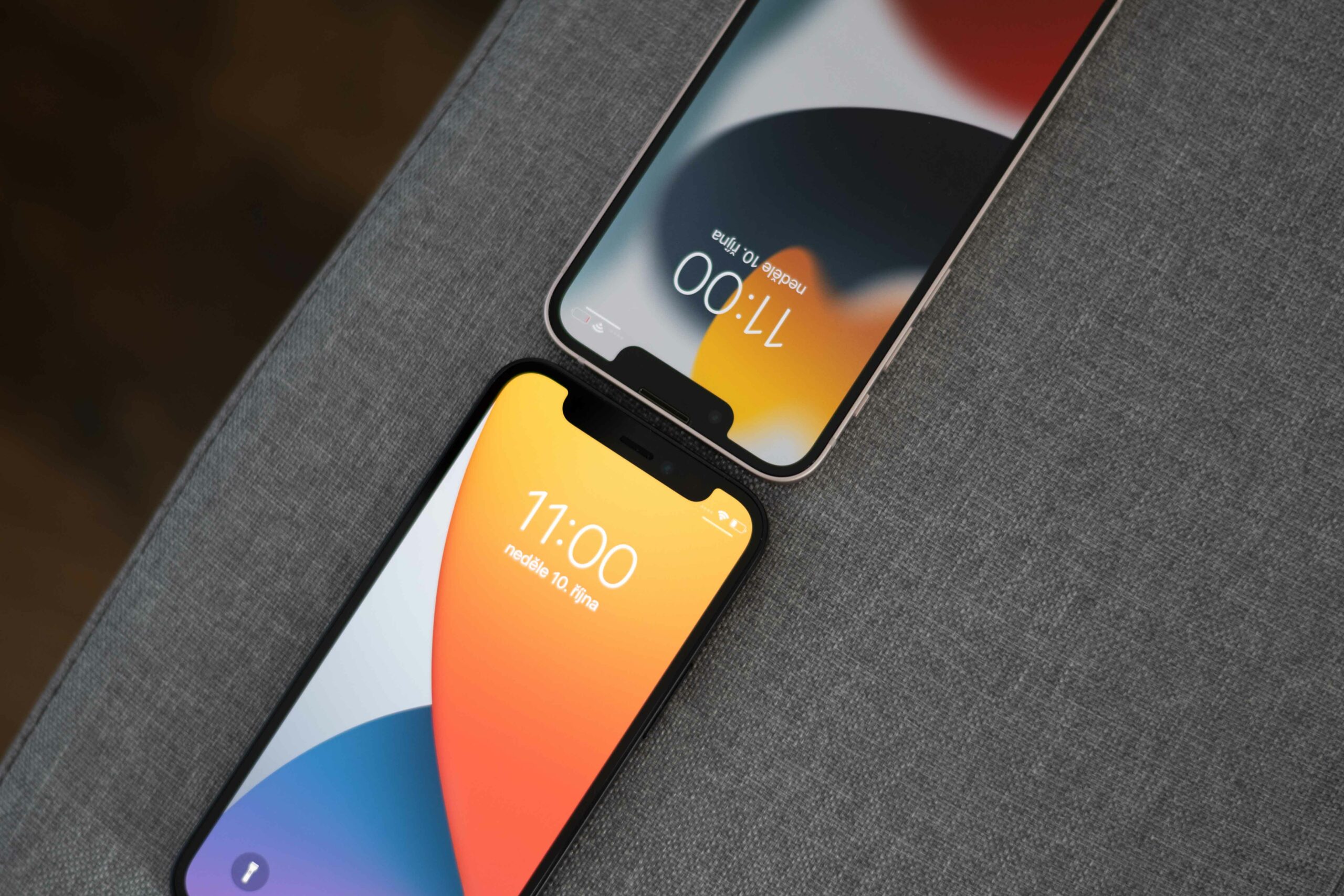
The processing of the phone as such is top notch, although I have some reservations about the materials used. It seems to me that the shiny glass on the back is simply not the right one at the moment, because it once again brings up the ailment that actually plagued the iPhone 4 many years ago - i.e. the capture of fingerprints and various smudges. I find it quite unbelievable that even after so many years, Apple has not come up with a special film to treat the shiny surfaces of the device so that fingerprints would not stick to them. However, we will have to wait at least another year for that, which in other words means that you simply cannot avoid polishing this year – that is, at least if you don't carry the phone in a case. But if you narrow your eyes at this thing, you will be delighted with the phone's workmanship and the materials it is made of.
In terms of ergonomics, it can be summarized as follows: if last year's iPhone 12 mini fit in your hand, or if 5,8" or 6,1" iPhones are simply too big for you, you will be delighted here. Compared to last year, the 13 mini only worsened in terms of depth, when it increased by 0,25 mm to 7,65 mm while maintaining a height of 131,5 mm and a width of 64,2 mm. The new product weighs just 140 grams, which is 7 grams more than last year's mini. This is because Apple has decided to work on battery life this year, among other things, specifically by deploying larger accumulators, which are logically and spatially more demanding and at the same time deeper. However, neither 0,25 millimeters nor 7 grams can be felt in your hand, I guarantee you that, which clearly shows that the iPhone 13 mini is one of the most compact phones on the market today.

Display
Since in the previous part of our evaluation we already touched the display of the novelty through the cutout, let's finish the evaluation of the screen right away. Apple has decided to use Super Retina XDR again this year, which in other words is a 5,4” OLED panel with HDR support, True Tone, P3, a contrast of 2: 000, a resolution of 000 x 1 at 2340 pixels per inch and a maximum typical brightness of 1080 rivets. It was in brightness that the 476 mini improved on paper in the only aspect compared to last year's 800 mini, which had "only" 13 rivets. Although the difference of 12 nits may seem relatively low, I must say that you will definitely feel it. Higher brightness does not only mean that your display will shine brighter, but it can, in my opinion, also improve the display of colors very decently as such, because they suddenly look much more vivid, and the overall display looks more plastic than it was last year. However, to be honest, in my comparison, the 625 mini has better imaging capabilities even at lower brightness. When I put it next to the 175 mini and compared the same content on them, the one displayed on the 13 mini was simply more pleasing both in terms of color presentation and sharpness. I can't say that this difference is big and that you would notice it even if you didn't have a 12 mini for direct comparison, but it is visible and I'm really happy about it. This upgrade perfectly proves that Apple does not rest on its laurels for displays, but tries to constantly upgrade, even if it is cheaper models.

On the other hand, what is not so pleasing about the display is its refresh rate. It is "only" 60 Hz, which honestly would have been more than enough for me until last year. However, when the iPhone 13 Pro arrived this year with support for variable refresh rates up to 120 Hz, and I just switched to them from a 60 Hz iPhone, I understood how comfortable a higher refresh rate actually is for users. Everything is suddenly much smoother and overall more pleasant to consume. Therefore, when I got my hands on the 13 mini, at first I really had the feeling that it was a bit choppy, and that's only because it simply refreshed the display more slowly.
A regular user switching from a 60 Hz iPhone to this bit won't notice the difference because they'll still be on their own. However, once you get a taste of 120 Hz on your phone, there's simply no going back. And I'm a little sad that Apple didn't direct the cheaper iPhone 13 to this path, because it would suit them extremely well - all the more so when many Android competitors already have a similar gadget and it's easily sold for much lower amounts. I'm fully aware that Apple couldn't strategically do this because it would de facto trample on one of the iPhone 13 Pro's biggest improvements, but seriously - should I, as a consumer, be apologizing to the manufacturer of my phone in such a way? I think not, and that's why I allow myself to be a little disappointed in this regard. After all, it's not just about a nicer fluidity of the display. A variable refresh rate is also necessary to save battery, because when viewing static content, the display refreshes only 10 times per second (at 10 Hz), so the life of the basic "thirteens" would potentially be extended considerably. Perhaps at least in a year.
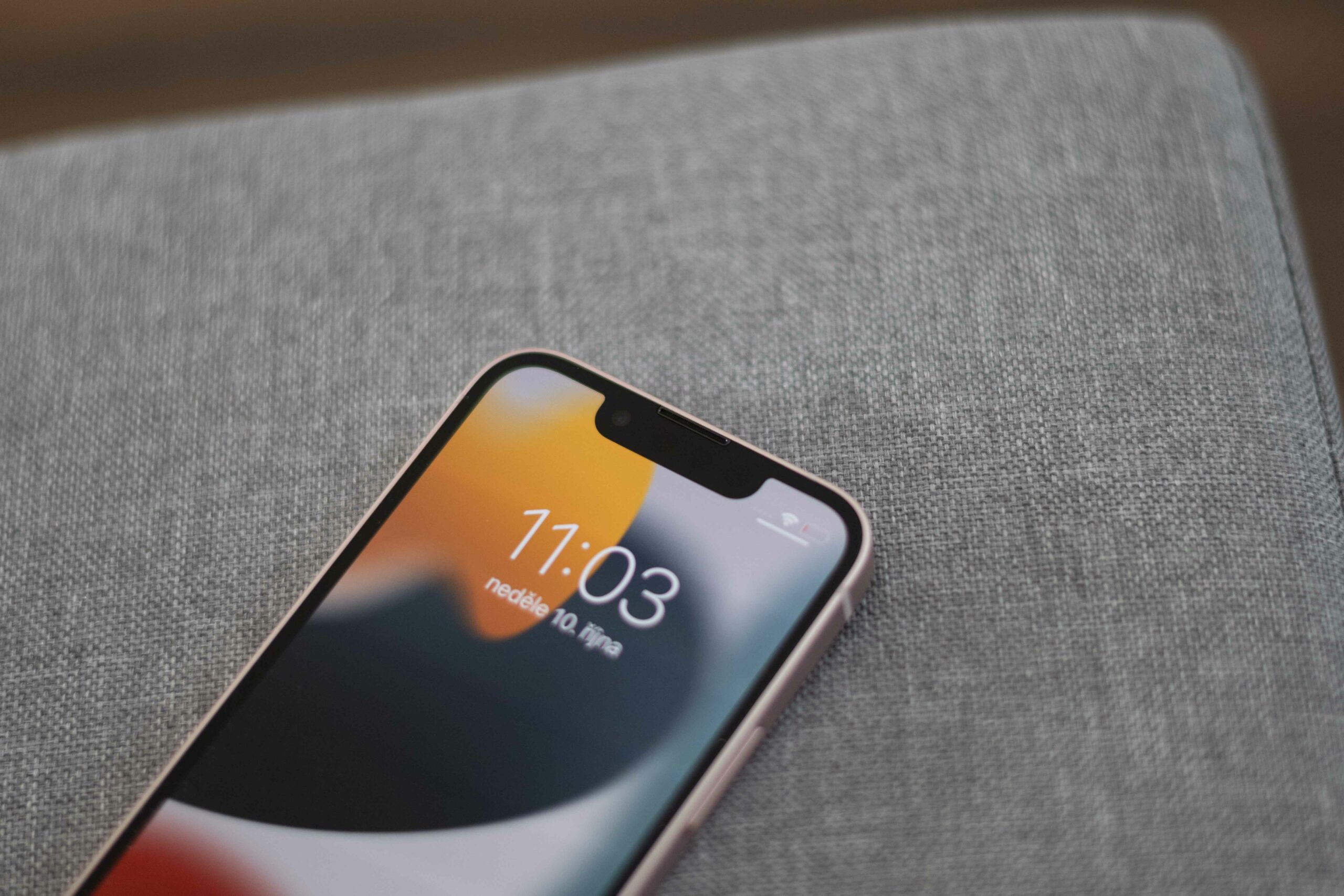
Performance
The devil in a small body. This is exactly how the performance of the iPhone 13 mini could be characterized with a little exaggeration. Specifically, the six-core A15 Bionic chipset and quad-core GPU take care of it. All this is supported by 4 GB of RAM. Although the performance of the 13 (mini) is slightly reduced compared to the 13 Pro (Max), I must say that I have not had a faster phone in my hand for a long time - that is, of course, except for the other iPhones from the 13 series. The system speed, but also the launching of applications, is absolutely brutal and I dare to say that it must satisfy absolutely everyone. In weeks of testing, I've never once had to wait for anything even a little longer than I was comfortable with. All applications start at a truly extreme speed and run, of course, without any jams. The phone has absolutely no problems even with more demanding pieces in the form of games or classic applications - for example, Call of Duty Mobile starts up at lightning speed and continues to work at the same speed while playing. So you definitely can't complain here.
Some might even want to say that such a brutal speed is unnecessary and that the performance did not have to be so high. However, it is necessary to realize that its quantity is an intention on the part of Apple, as is traditionally the case. You probably won't use it, but the phone knows very well why it has so many. This year it is due to the significant improvement of the photo system and especially the shooting of videos, which rely on the software a million times more than ever before. So performance was really needed and if you didn't have that much, you could just say goodbye to the camera upgrade.
What pleasantly surprised me is that, despite the brutal performance, the chipset does not heat up significantly when it is under higher load. Sure, the user will "enjoy" a certain change in temperature, but it's definitely not something worth talking about. Why am I writing this? Because even with the relatively new iPhone XS, the heating is on a completely different level, and when you really strain it noticeably, the phone is able to burn really decently. So it's great to see that with higher performance comes a better solution for heat dissipation, without which the chipset could not be kept in check.
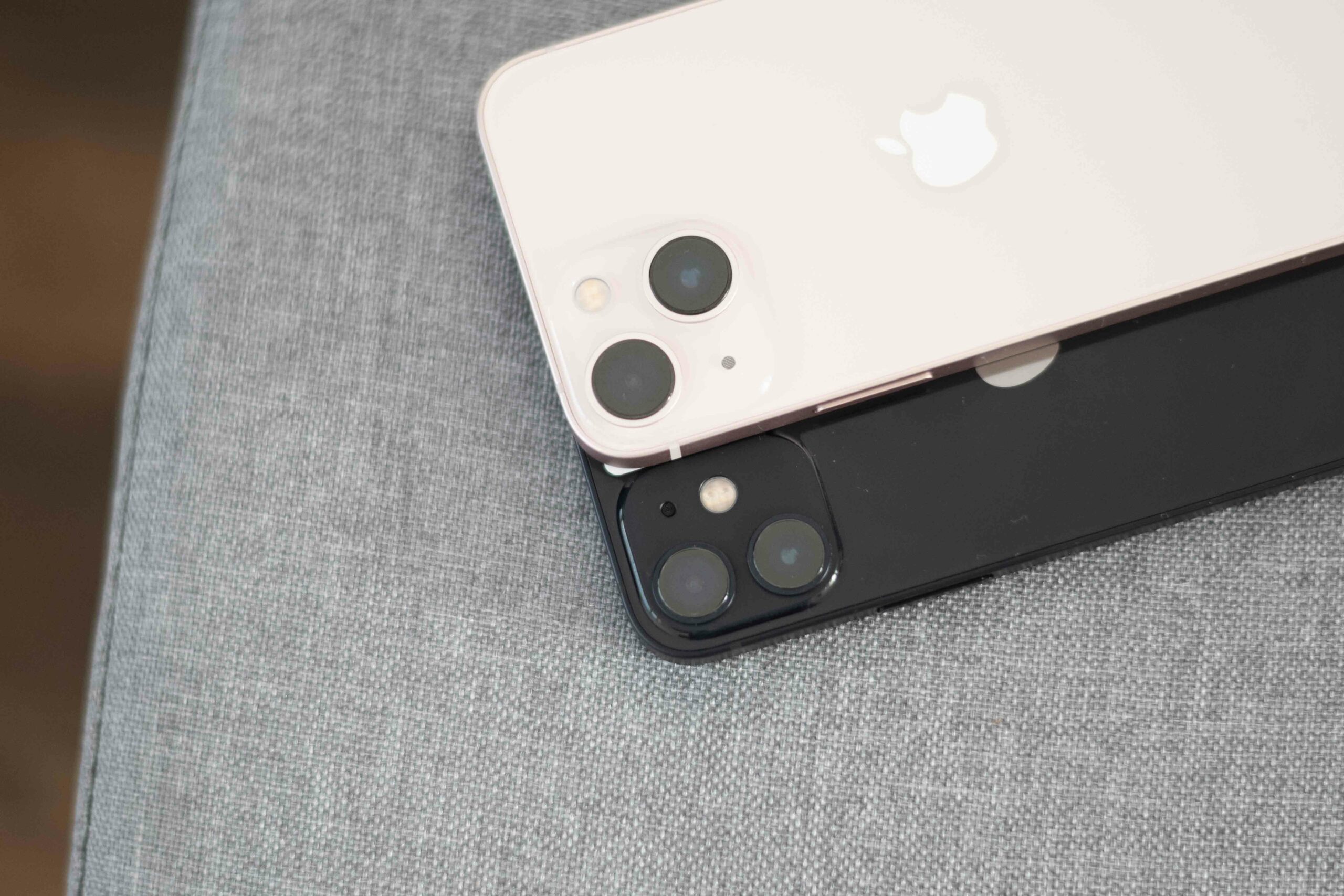
Camera
For this year's iPhones, Apple focused primarily on the photo system. Although the 13 series doesn't offer as many improvements as the 13 Pro, it can definitely be called extremely interesting - at least considering its price. Yes, on paper the photomodule 13 (mini) may not look like a miracle, since it consists "only" of a wide-angle lens with an aperture of f/1,6 and an ultra-wide-angle lens with an aperture of f/2,4, both of which have a resolution of 12 MPx, but it is definitely worth for. Apple "crammed" larger sensor chips into them (specifically, the ones it used in last year's 12 Pro series) and at the same time improved them with the help of software by deploying Smart HDR 4, Deep Fusion and the like. It goes without saying that image stabilization by shifting the sensor, night mode or the possibility of a five-fold digital zoom and two-fold optical zoom thanks to the ultra-wide-angle lens.
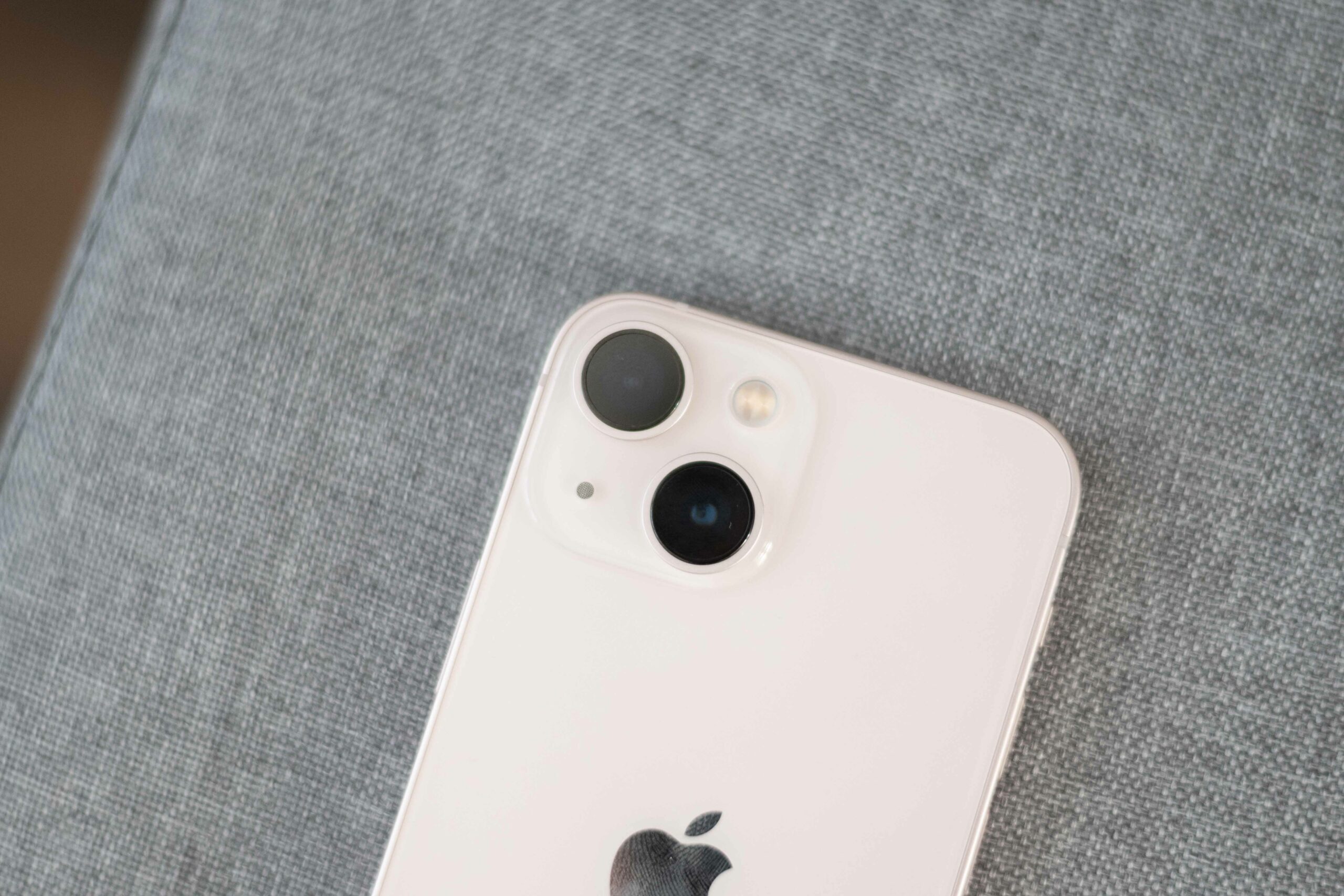
A wide-angle lens is a joy to shoot in practically any weather. Its aperture is really good and the lens has no problem accepting a lot of light anytime and anywhere. Therefore, the photos from it are usually color balanced, full of details and generally very natural. As the light decreases, their quality decreases slightly, but the decrease is really gradual. So objectively, I have to say that in terms of wide-angle lens, the model 13 is almost comparable to the model 13 Pro, although the lens of the Pro series is even a little bit better.
However, it is slightly worse with the ultra-wide-angle lens, which did not quite perform well in terms of aperture. Its aperture number is exactly the same as last year, which in other words means that the results of the 13 mini are similar to last year's 12 mini. I definitely don't want to say that they are bad, because they really aren't, but in short, the limits of the lens cannot be overlooked here. In good light, photos can be taken on it in really good quality without any significant graining or noise and with nice colors, sharpness and lots of details. However, as the light fades, the quality of the photos on the ultra-wide-angle lens drops sharply, and in the dark it is noticeably weaker compared to the wide-angle lens. It is still possible to take photos on it, relatively well, but without details, sharpness and often even natural colors. Therefore, I would definitely always recommend using a wide-angle lens for shooting in poorer lighting conditions, because otherwise the results may not appeal to you completely.
In the case of the ultra-wide-angle lens, I must also mark its lack of macro mode support, which Apple boasts of with the 13 Pro series, as a shortcoming. Although we are getting into the same situation here as in the case of the ProMotion display, when the deployed macro in the cheaper series would trample the more expensive series, but here too it must be repeated that I, as an end customer, do not have to be interested in it at all and therefore there is nothing wrong with the macro with the iPhone 13 mini, as it is standard even among competitors at a lower price. And we'll stay with criticism for a while. Another thing that makes me a little sad - although it applies to the entire series this year and last year - is how Apple did not deal with the reflections of the glass photo module and lenses in photos taken, for example, against the light. Glare is almost impossible to avoid, although you can try as hard as you want, and it will simply affect the final photo. We are not only talking about the reflections of the lamps, but also the reflection of the entire photomodule on the photographed object, which is marked by it and looks completely different in the end. So there is definitely room for improvement here.
My last criticism is directed at the night mode, which is great and I think that it simply has to be fun, but from time to time it also chooses weaker moments. The software lighting of the scene is sometimes exaggerated and the resulting photo therefore looks unnatural. At other times, the software goes crazy with the colors and completes the photo in such a way that it simply looks different from the real thing in terms of colors. For example, when I photographed a street illuminated by classic yellow street lights, the street came out green. Therefore, it is necessary to take into account that not every photo in the dark will be good, although most of them will be good.
Despite the wave of criticism, I would still call the iPhone 13 mini's camera very good. You can take really great photos with it, and when a person gets used to the limitations mentioned above and learns to work or calculate with them in the ideal case, in the end they will no longer be a limit for him. Taking photos with the 13 mini is also an extremely simple matter, when you just need to press the shutter button and then enjoy a mostly good photo. So you don't have to set anything up and actually don't even understand how to take good pictures. Simply click and the phone will take care of everything important for you. And that, in my opinion, is exactly its great strength, and that's how you should actually take it - that is, not as a camera, but in a way as an almost perfect photographer, to whom you just give a signal through the shutter release when to press it.
As I mentioned in the performance section, the iPhone 13 mini has a lot of it due to the deployment of the filmmaker mode for shooting video. It works, simply put, like a kind of photographic portrait mode on steroids, where it can blur the software background behind the focused objects and even refocus between several of them. I'll admit that I was really excited about this new product at the Keynote, and when I tried it live, it only confirmed to me that it's really great. Blurring the background behind focused objects works really well, and although sometimes it doesn't recognize the object perfectly and blurs part of it (for example, part of the hair and so on), in most cases there is no problem. However, what, in my opinion, is probably even more important than the filming process itself, is the post-production of the given video. Since everything revolves around the software, post-production everything can be blurred or sharpened directly in the native application for viewing photos. As a result, it shouldn't happen that you can't shoot the video the way you want, because in short, you can work with it more than well even after it's finished. You can watch a short demo below.
Battery
If last year's iPhone 12 mini was fairly harshly criticized for anything, it was precisely its battery life, which for many users did not last even a single day. That's why when Apple told the world at this year's Keynote that it had significantly worked on the durability of its new products, it made many users very happy. He then continued the excitement by revealing the technical specifications of the new products, which show that, compared to last year's model, the phone improved by 2 hours when playing video, 3 hours when streaming video and even 5 hours when playing sound, which is more than acceptable. All this "only" thanks to a battery with a capacity of 179 mAh higher than it offered last year, a more energy-efficient processor and, of course, iOS optimization. I admit that I was already pleased with the values on Apple's website. However, the reality excited me even more. While the iPhone 12 mini didn't last until the evening and I put it on the charger already around 18 p.m. in the evening, with the same load on the iPhone 13 mini, I went to bed around 21:30 p.m. with a solid reserve of a few percent. And honestly, I can't think of many things I could use the phone to do more. All day long I handle calls, messages, surf the Internet, start navigation or a game here and there, and all in all, I really have enough of it in my hand. So the iPhone 13 mini certainly can't complain about battery life.
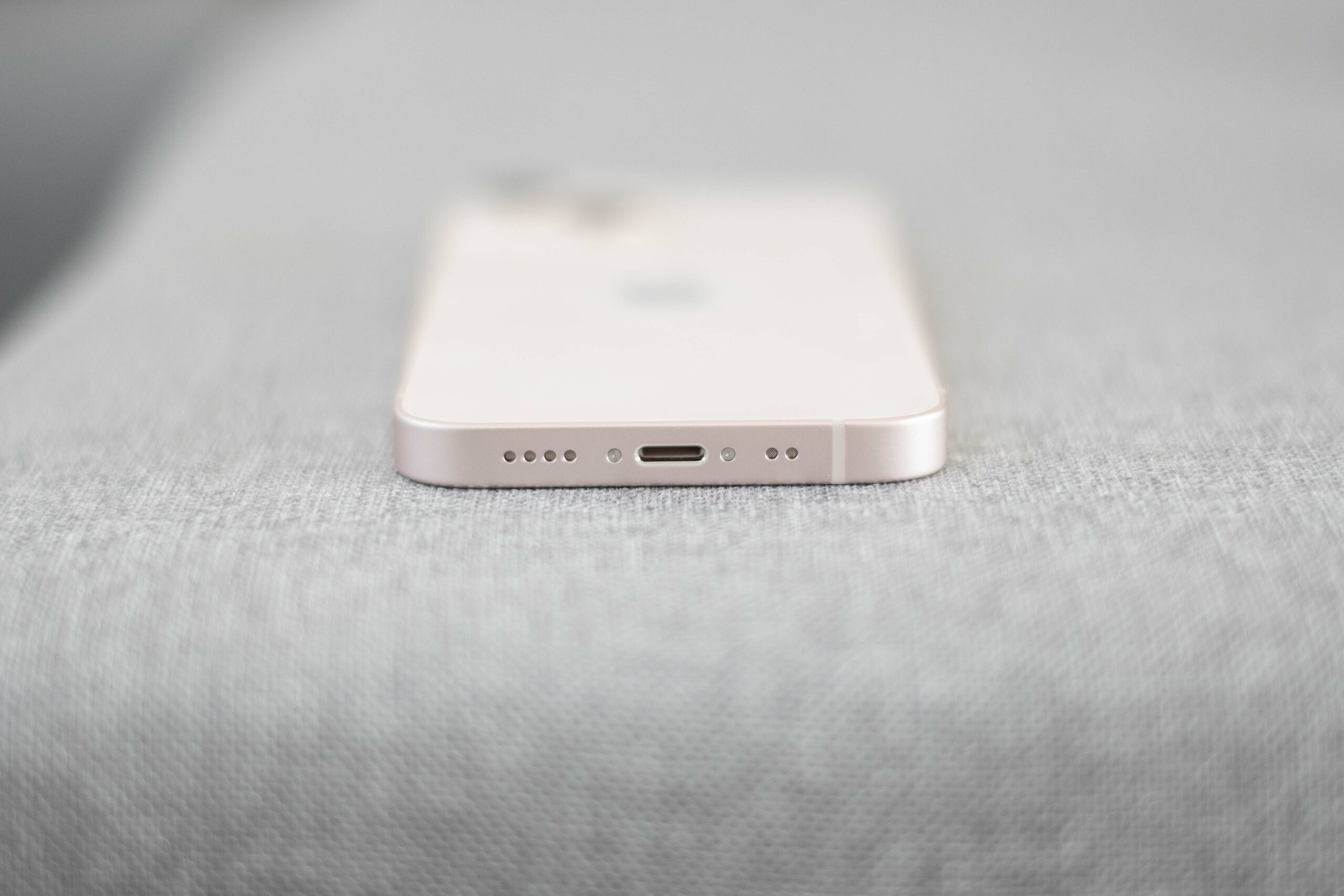
Even in terms of charging, I can't say half a bad word about the new product. When using the fast charging adapter recommended by Apple for normal charging - i.e. 20W - I got from 0 to 50% in about 25 minutes, with the fact that I charged the iPhone 13 mini "to full" in less than an hour and a half. So I think that in this respect it is definitely not a bad result.
Summary
After weeks of testing, the iPhone 13 mini is evaluated in a simple way. When I take into account the favorable price for the basic variant in combination with 128GB of storage, long-term software support, a pleasant design, a quality camera, a lot of power to give away and a very decent battery life, I get a phone that, in my opinion, does not have in the given segment - that is, the segment of small smartphones – competition.
On the iPhone 13 mini, it's nice to see that Apple has in a way learned from its mistakes last year and tried very hard to avoid them this year. Sure, you can find a few things that are disappointing, or at least not pleasing, on the 13 mini, but luckily it's nothing that would bring the phone to its knees and turn it into a piece that simply doesn't make sense to buy, quite the opposite. I think that if you were pleased with last year's 12 mini, switching to the 13 mini definitely makes sense for you - because of better battery life, camera or Apple's interesting pricing policy. For owners of older phones who want something compact, the 13 mini is an obvious choice.
You can buy the iPhone 13 mini here
Do you want to buy the new iPhone 13 or iPhone 13 Pro as cheaply as possible? If you upgrade to a new iPhone at Mobil Emergency, you will get the best trade-in price for your existing phone. You can also easily buy a new product from Apple in installments without an increase, when you don't pay a single crown. More on mp.cz.
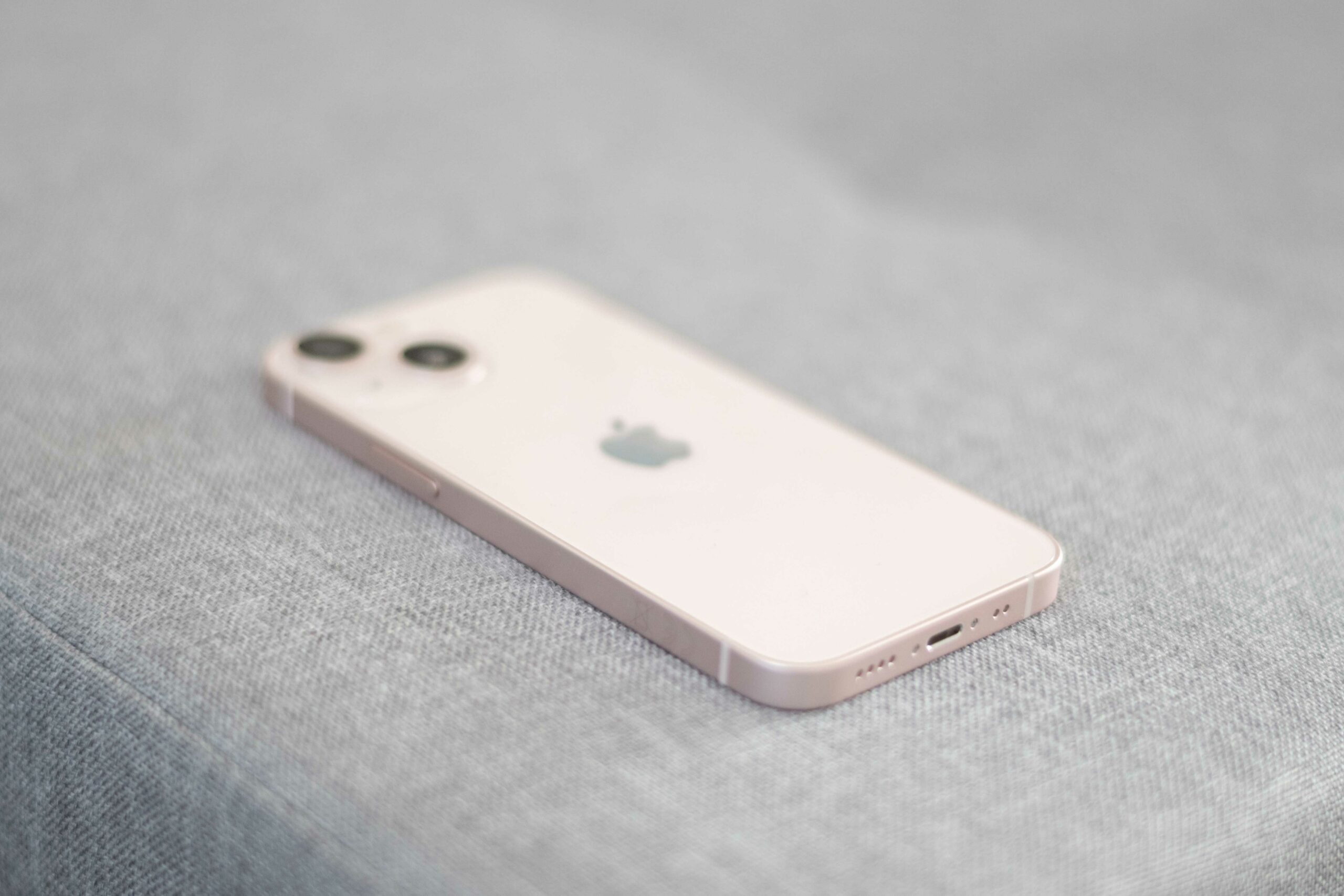

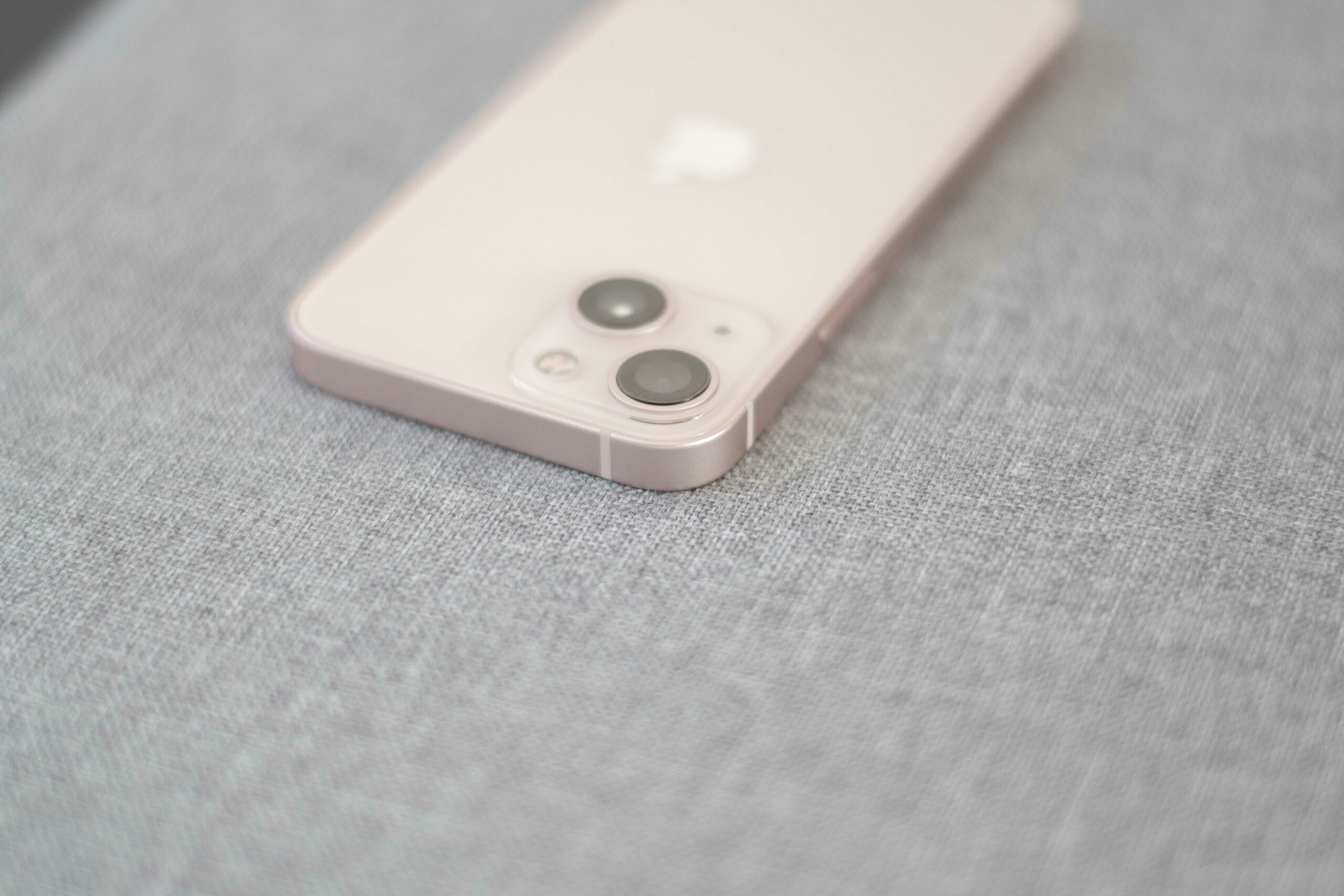


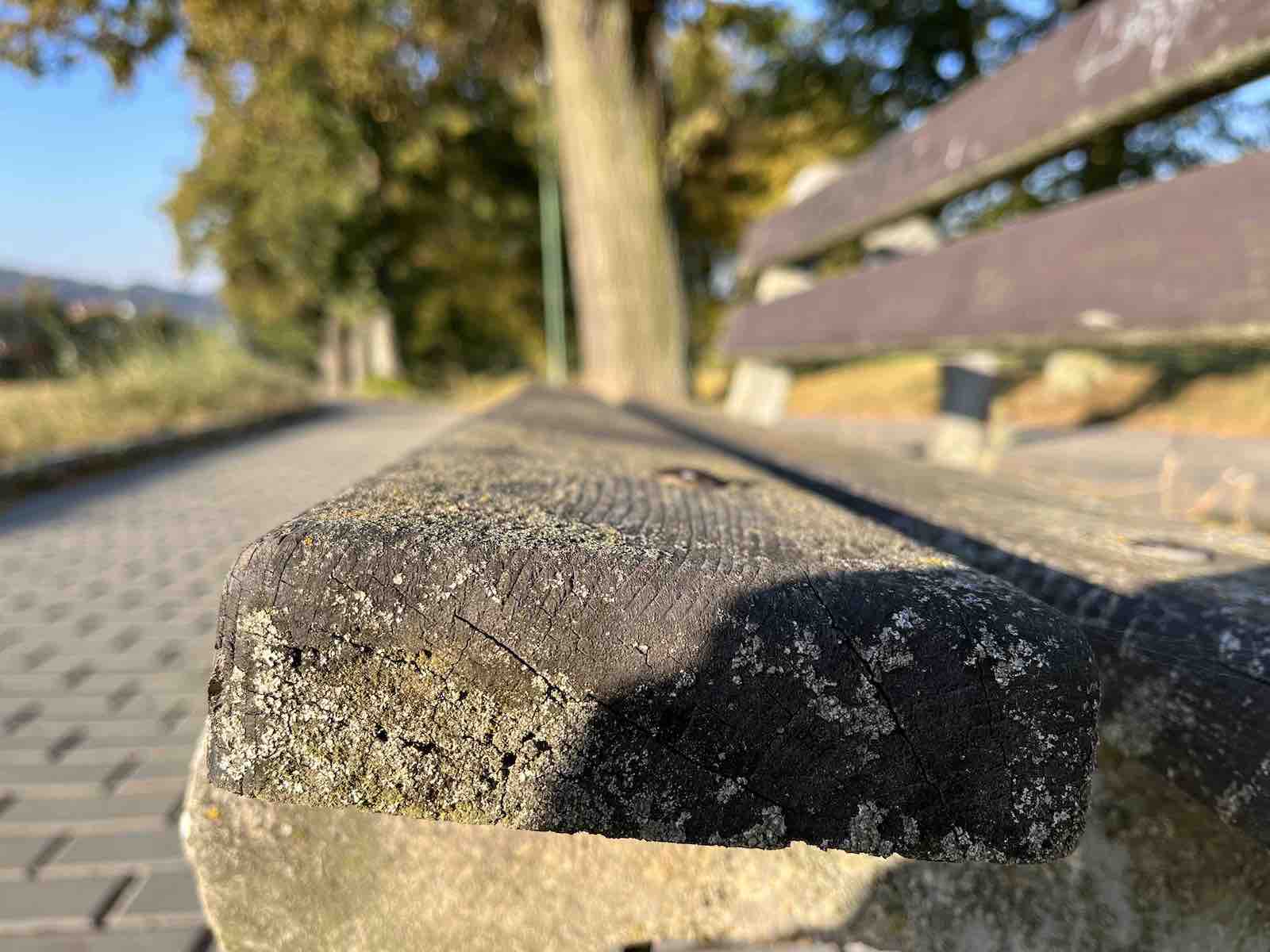




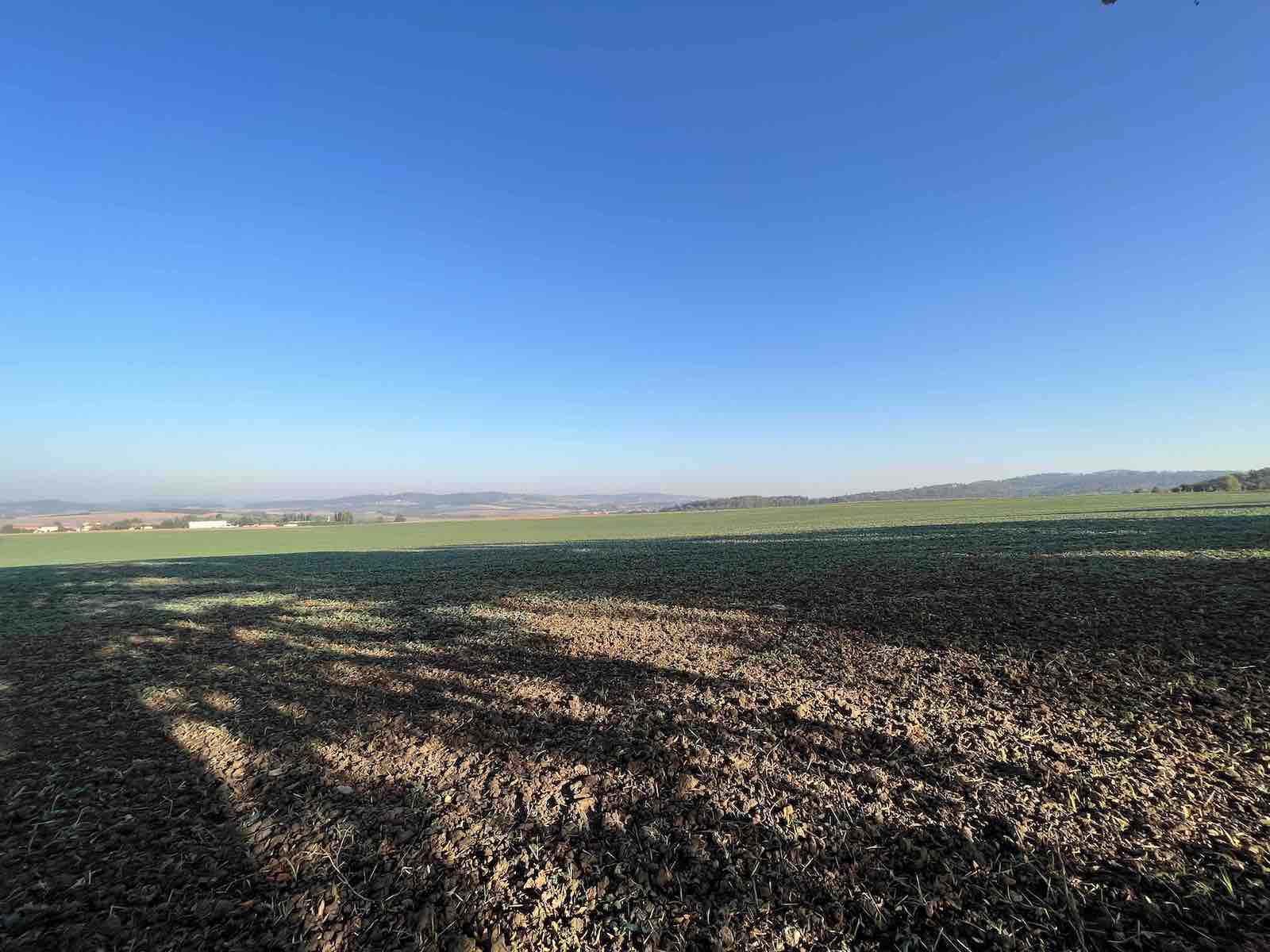

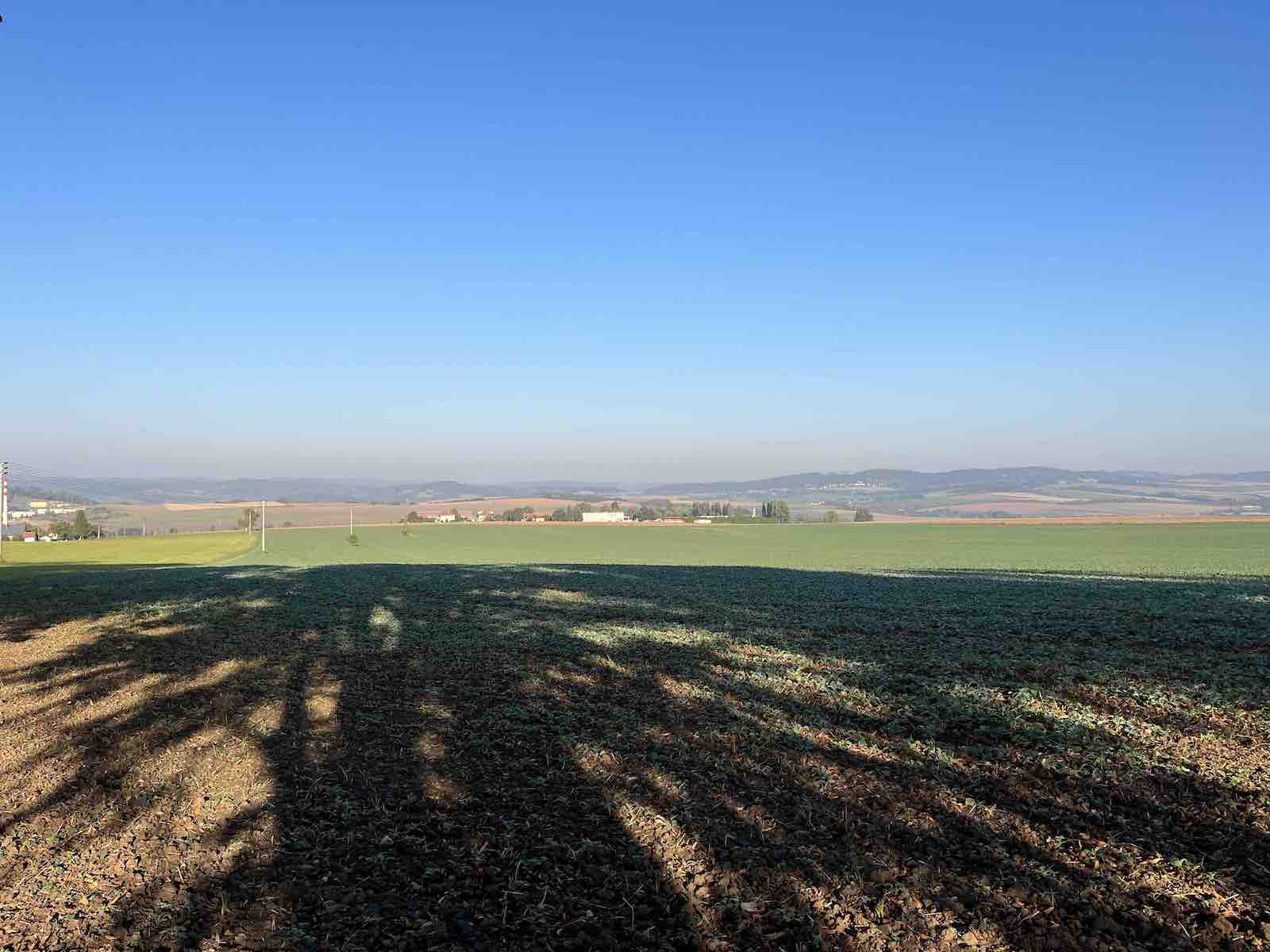












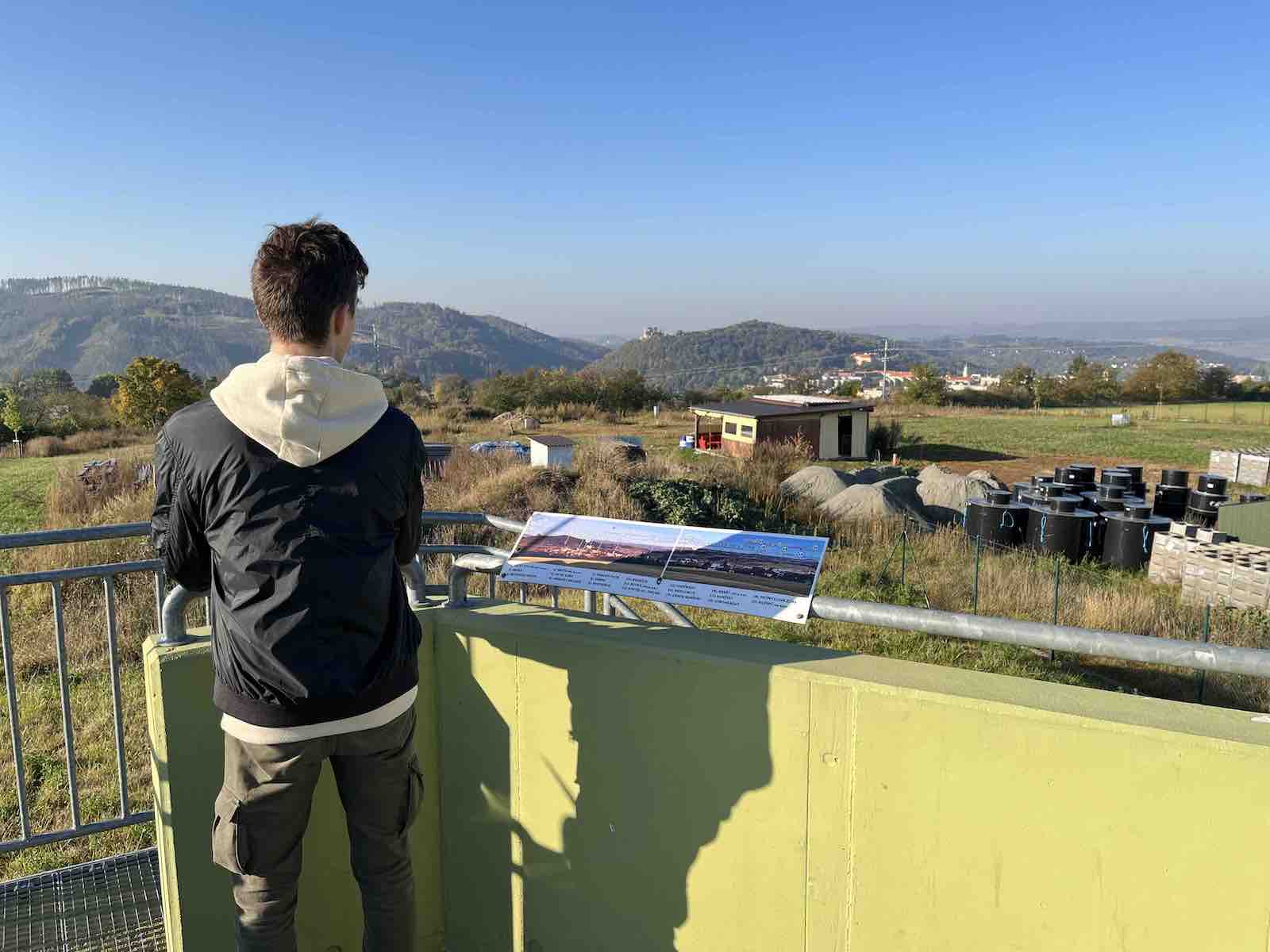

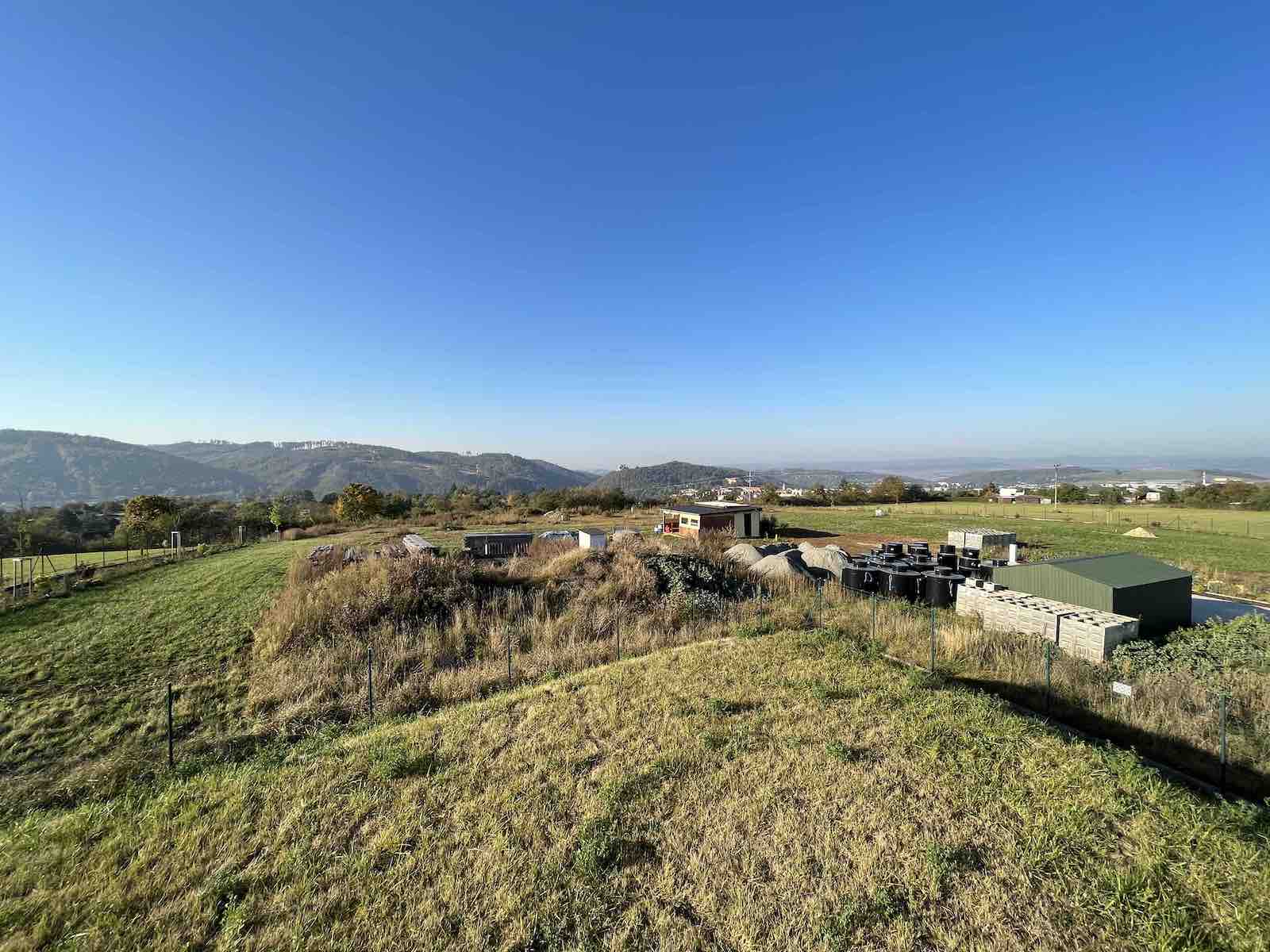
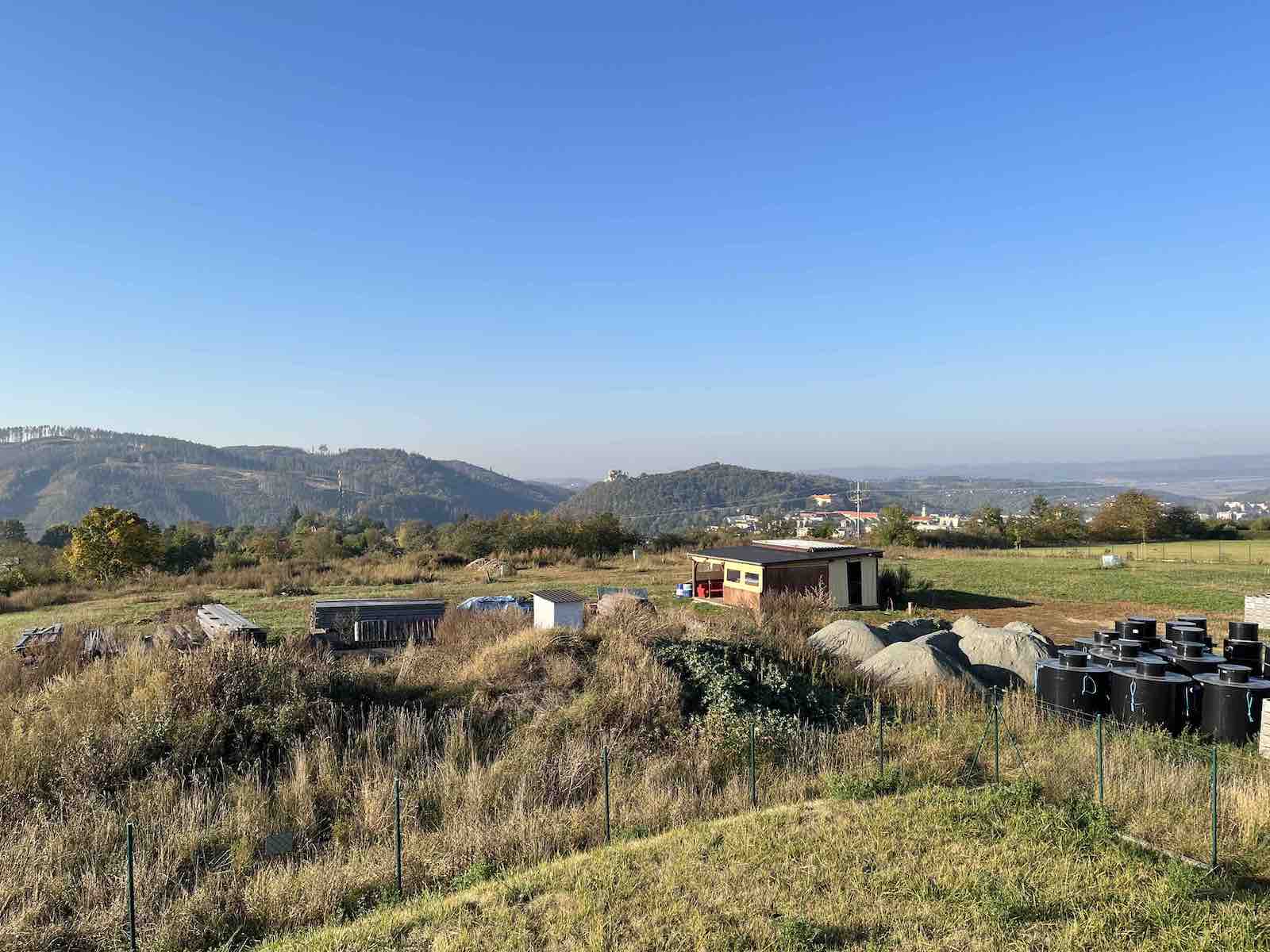




























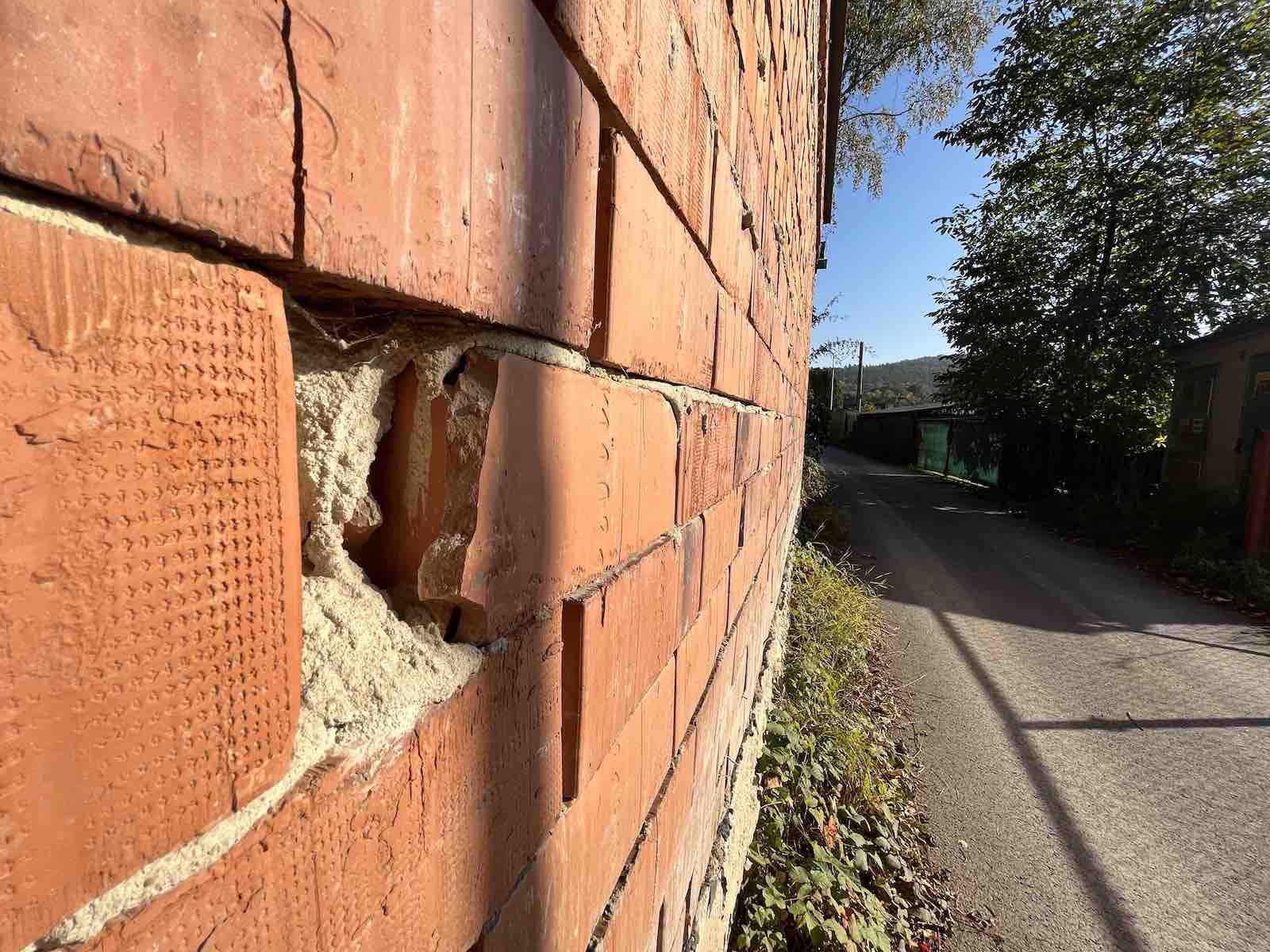
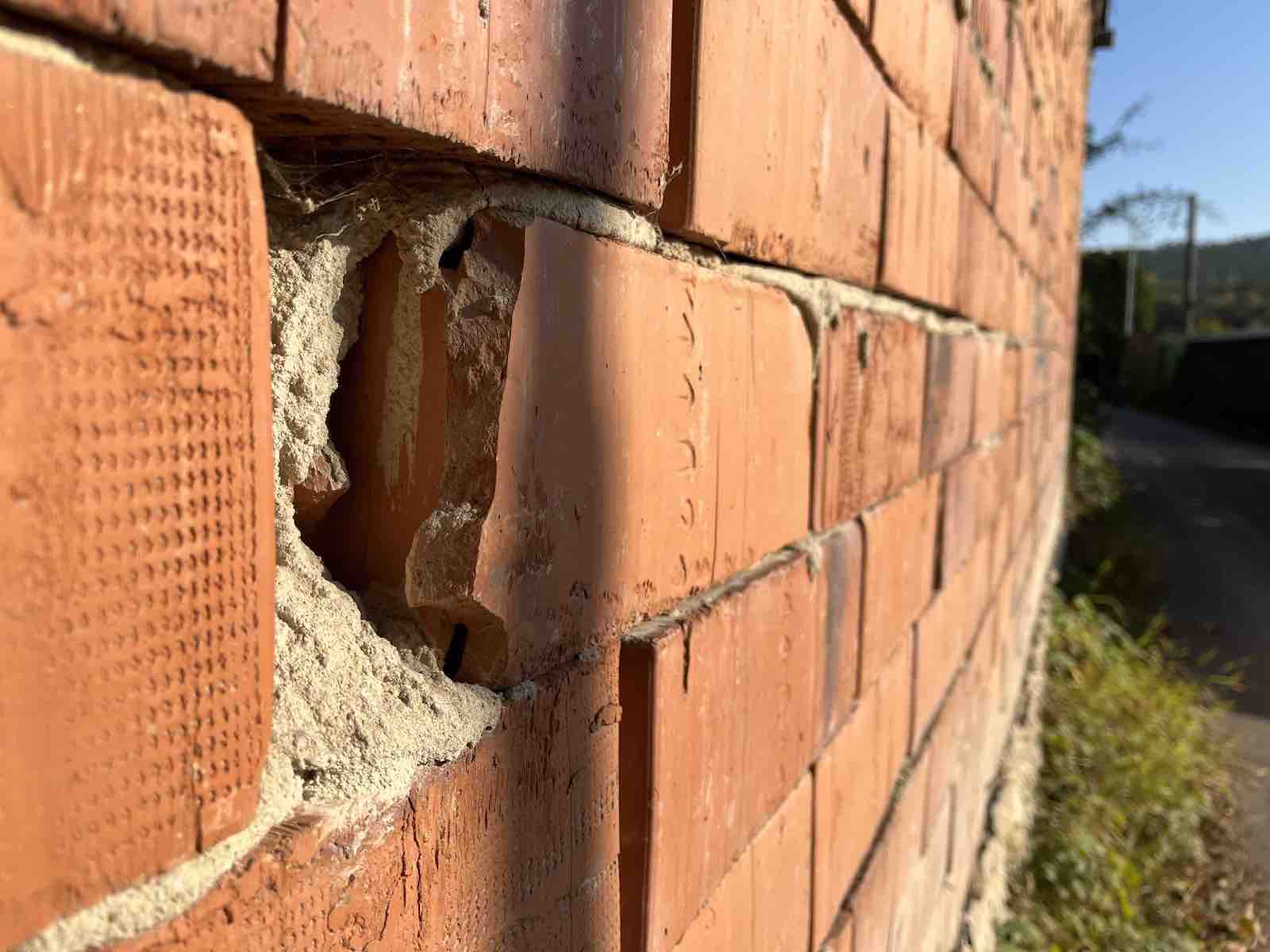








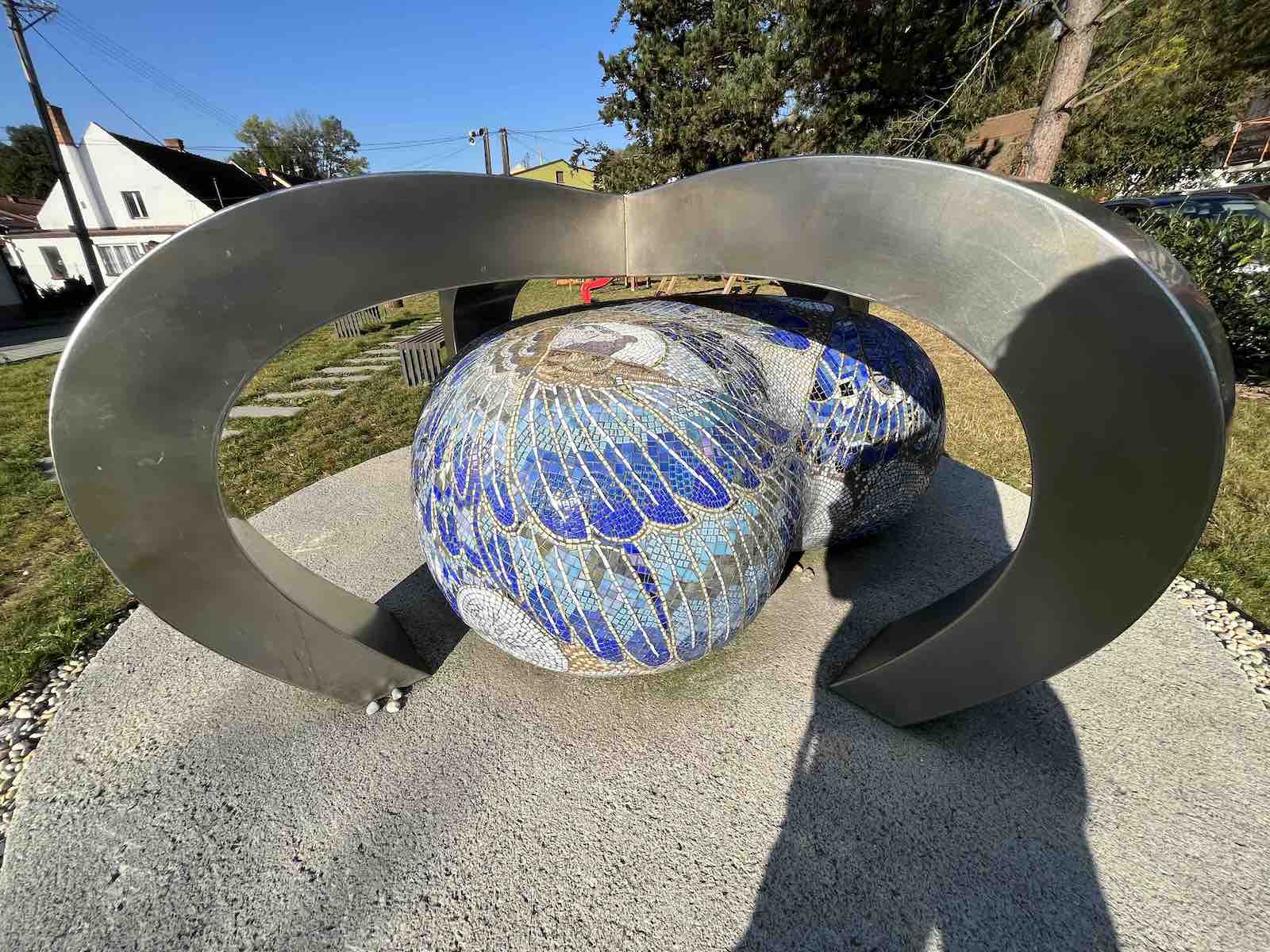
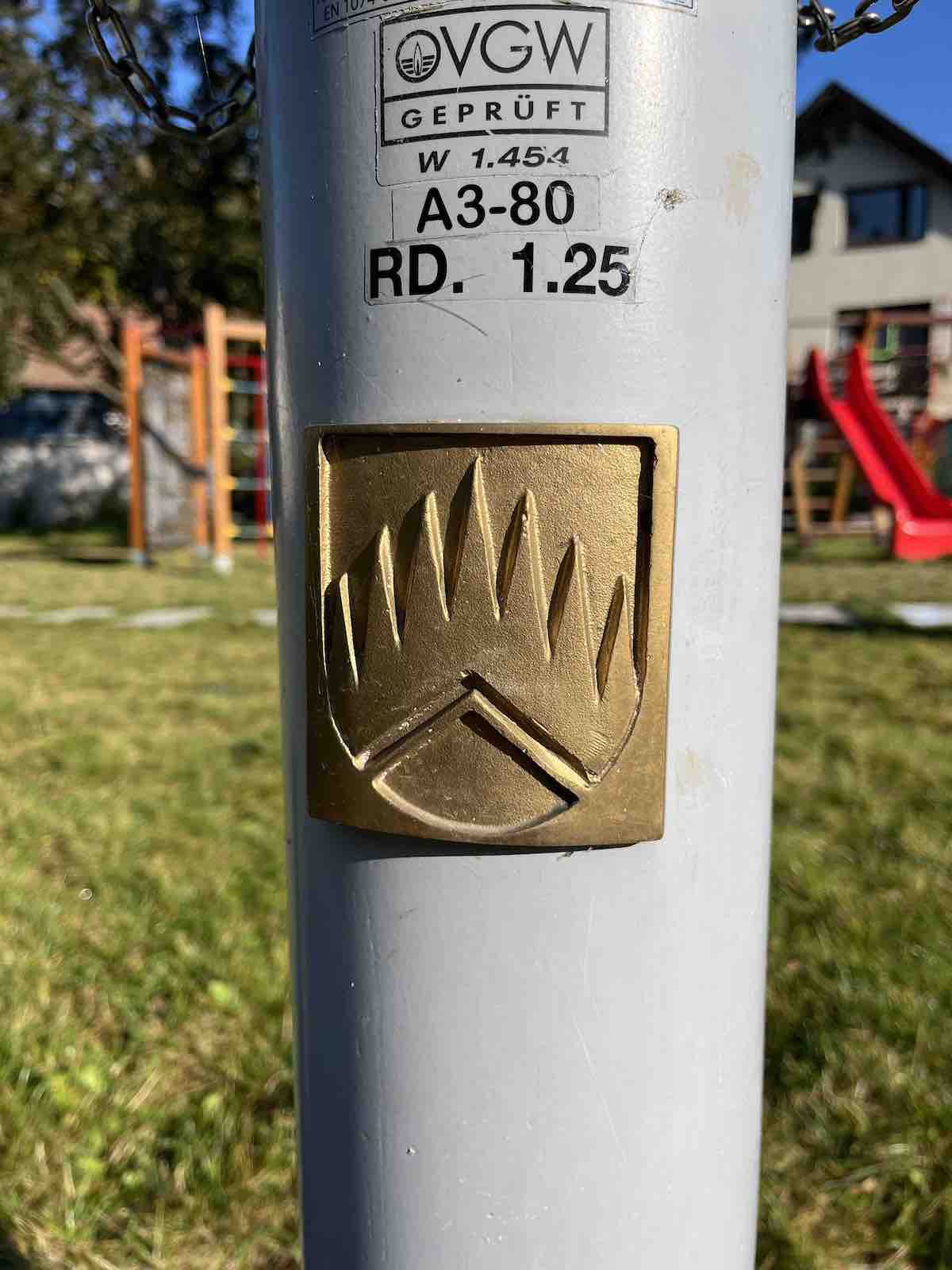


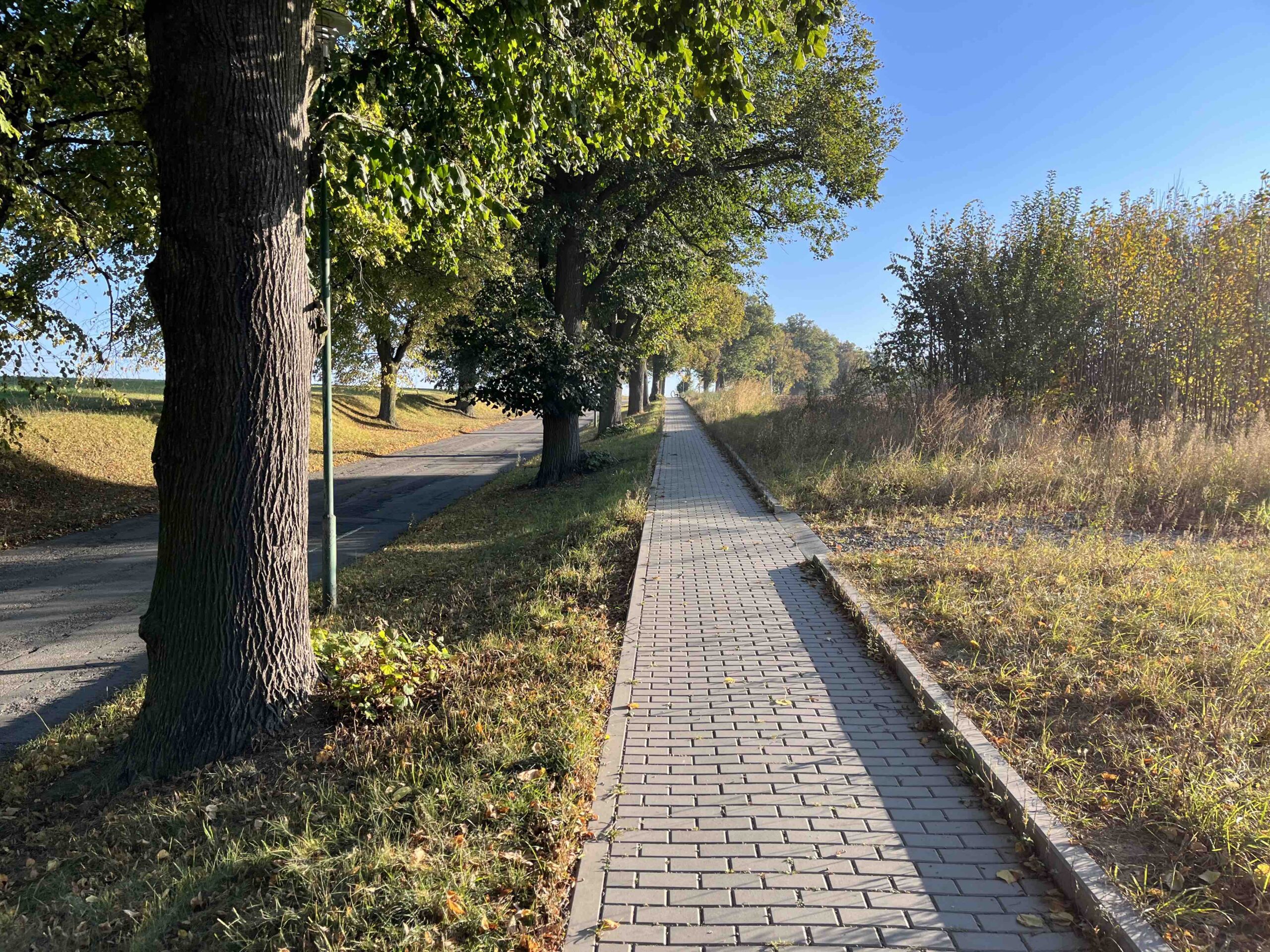
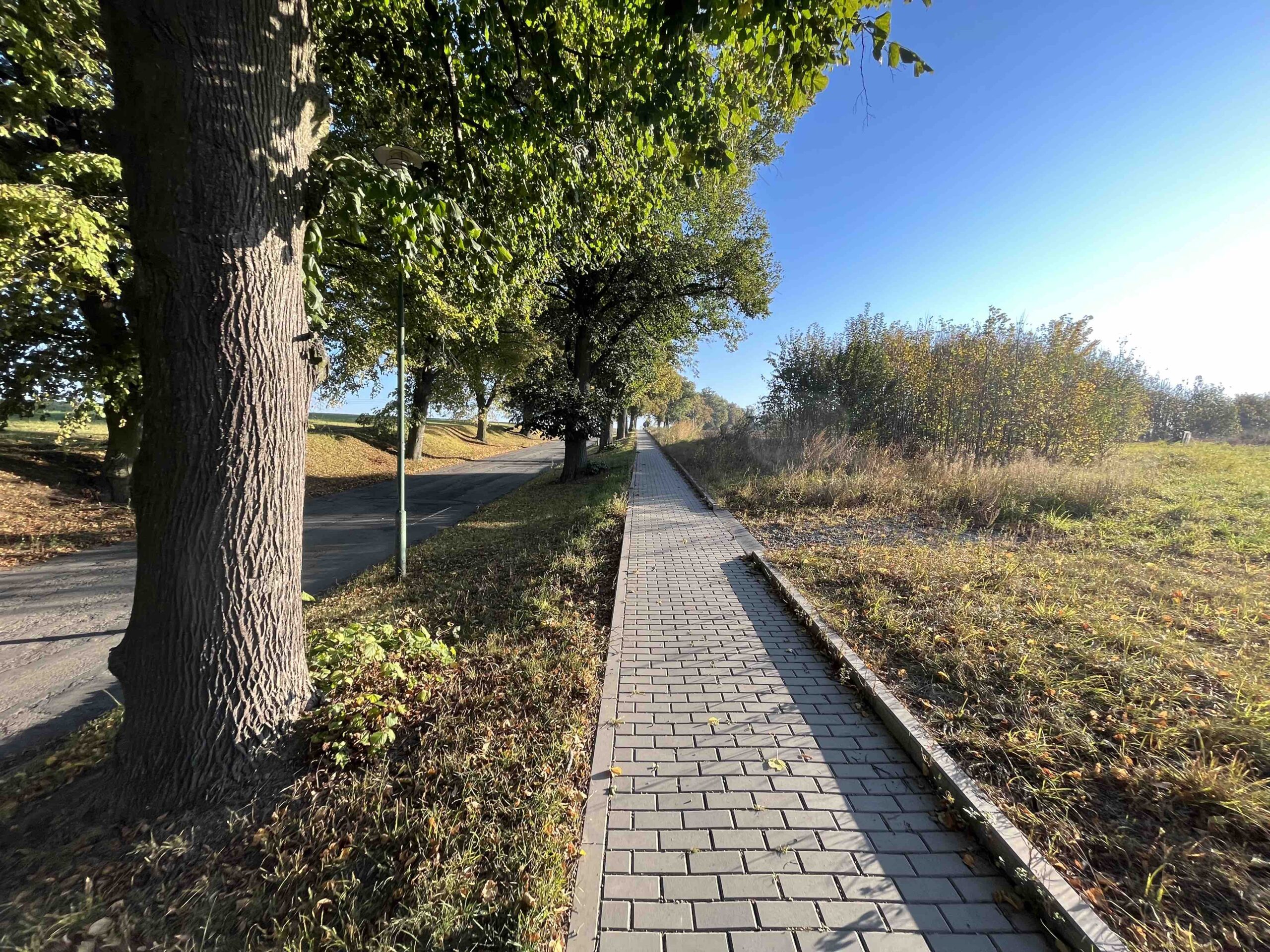



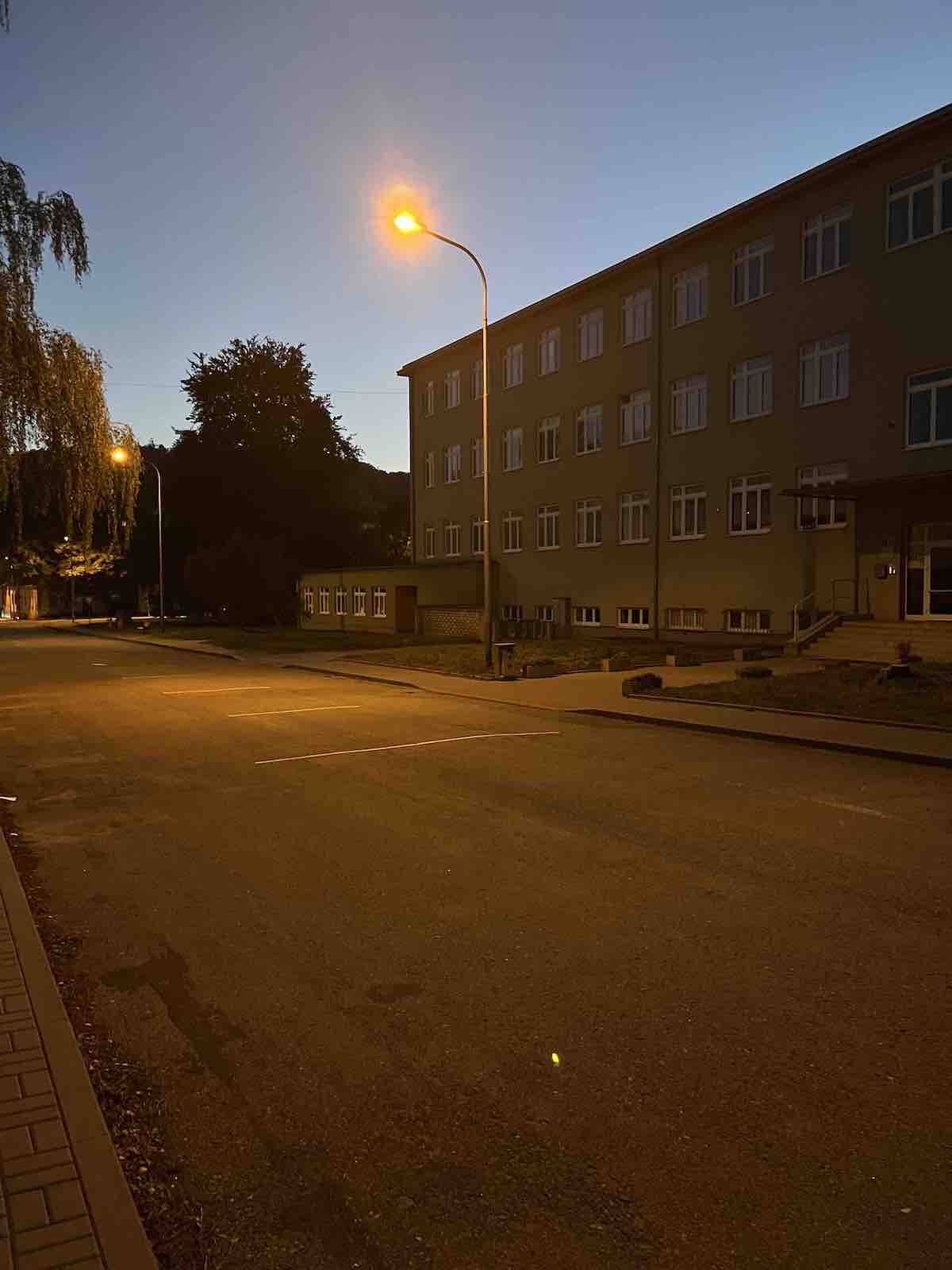
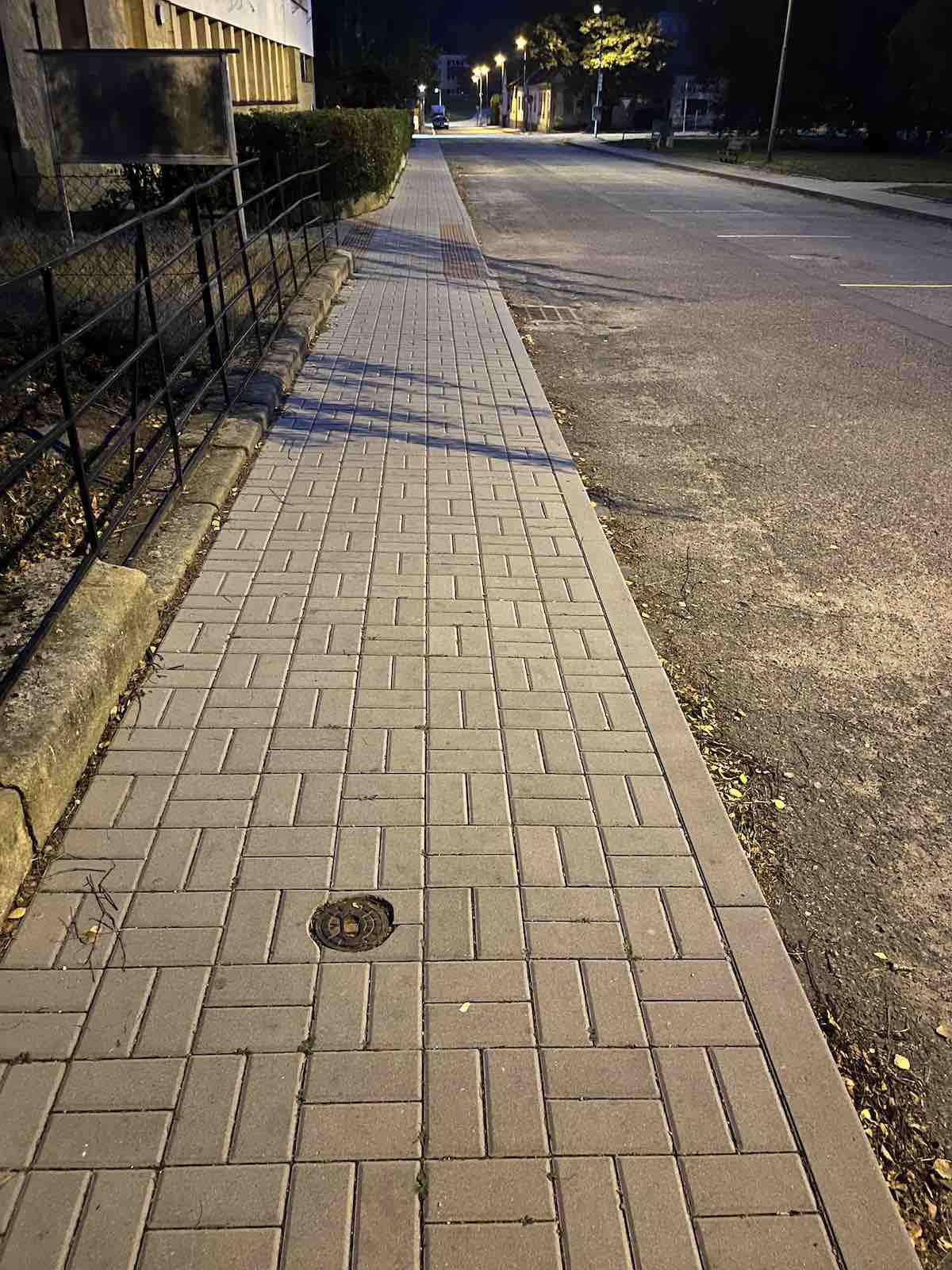

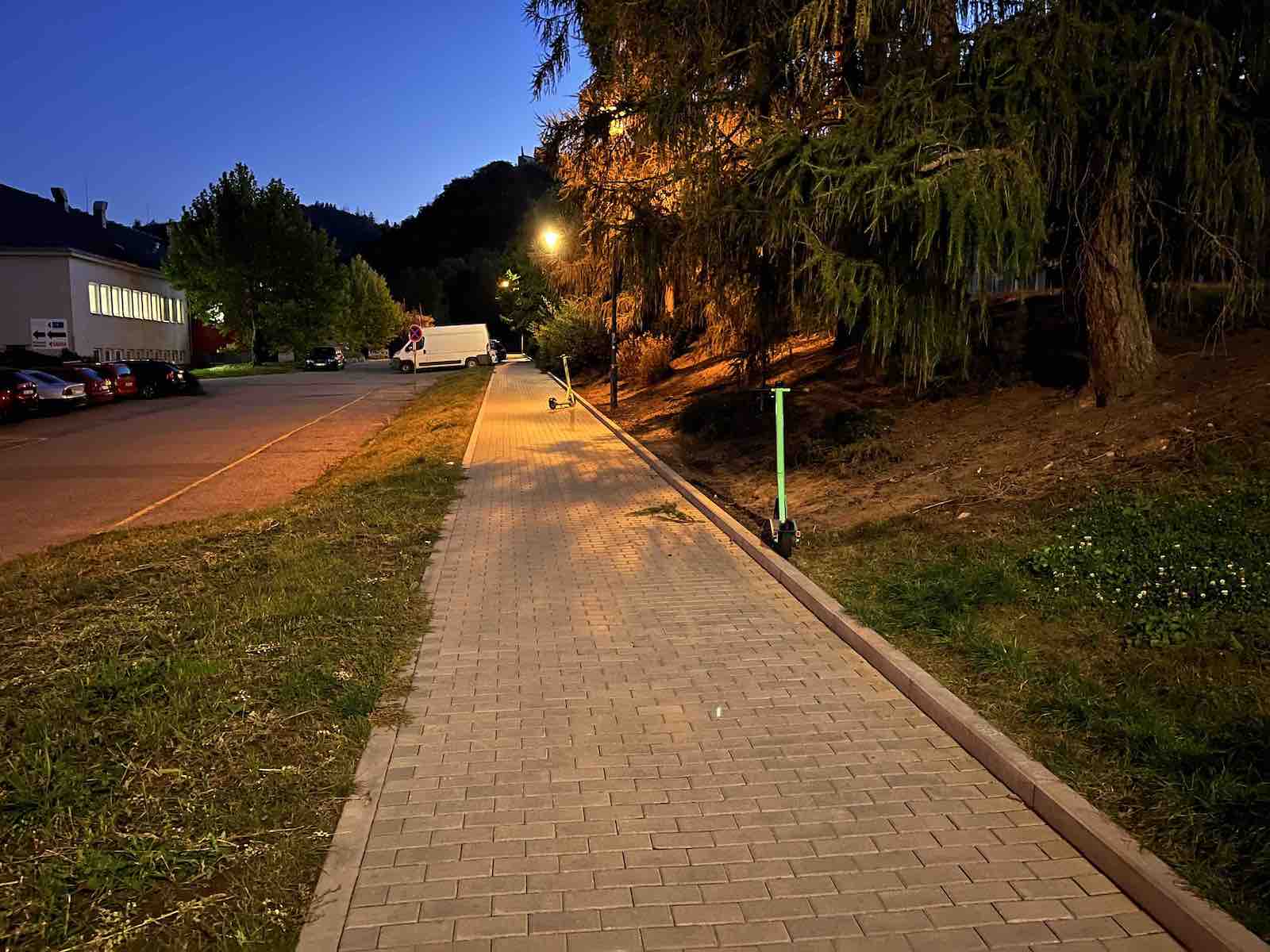
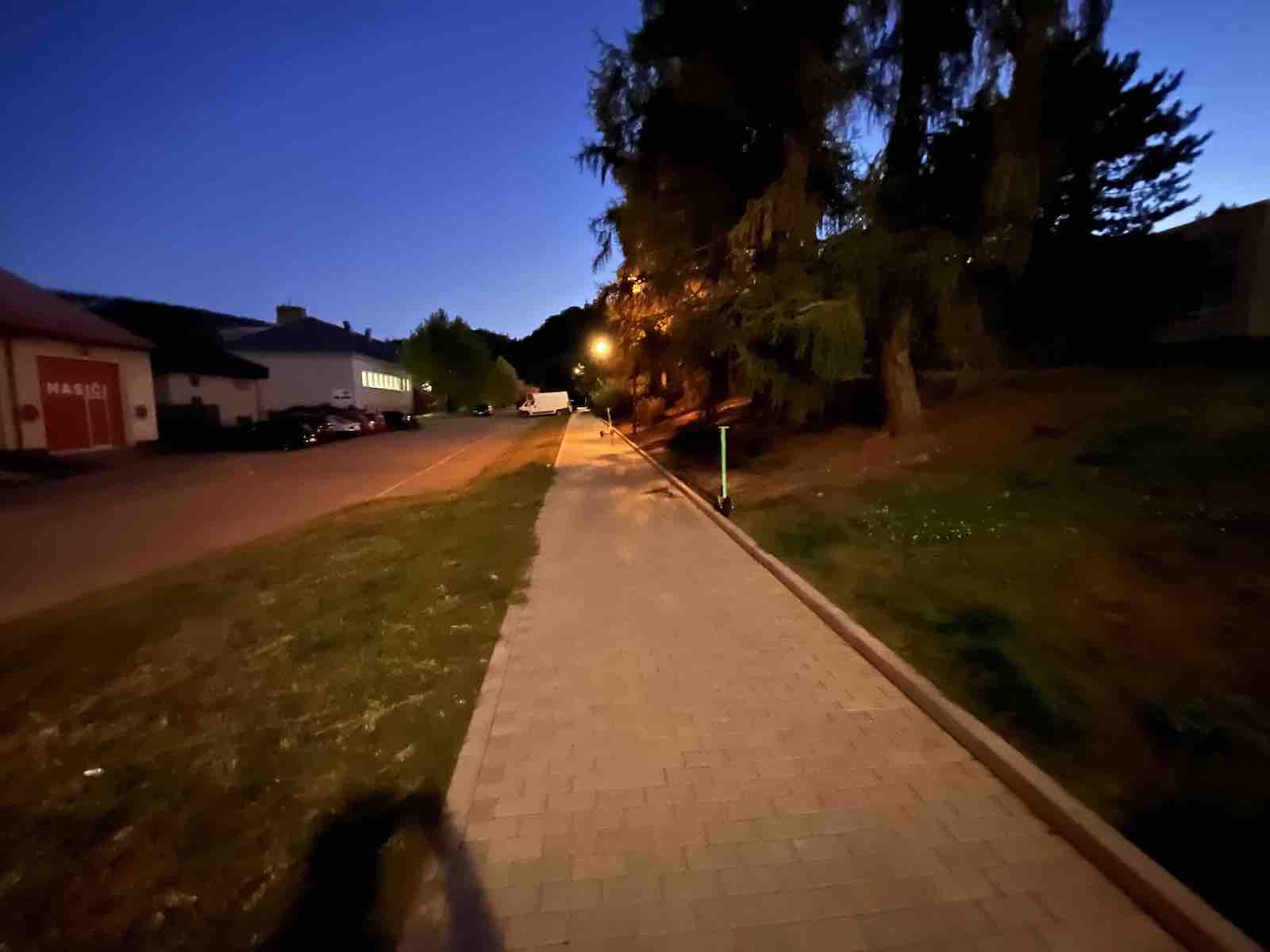
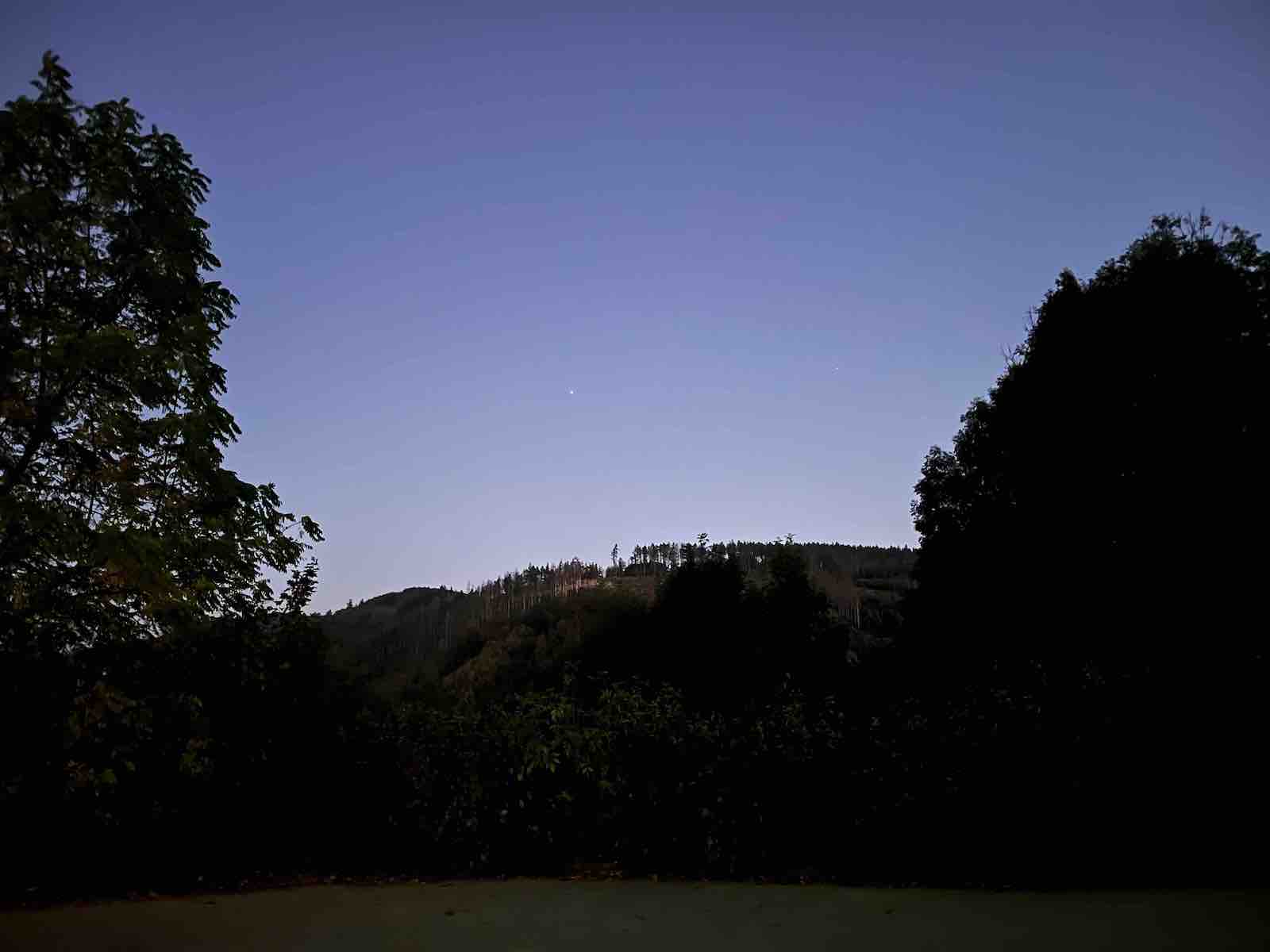
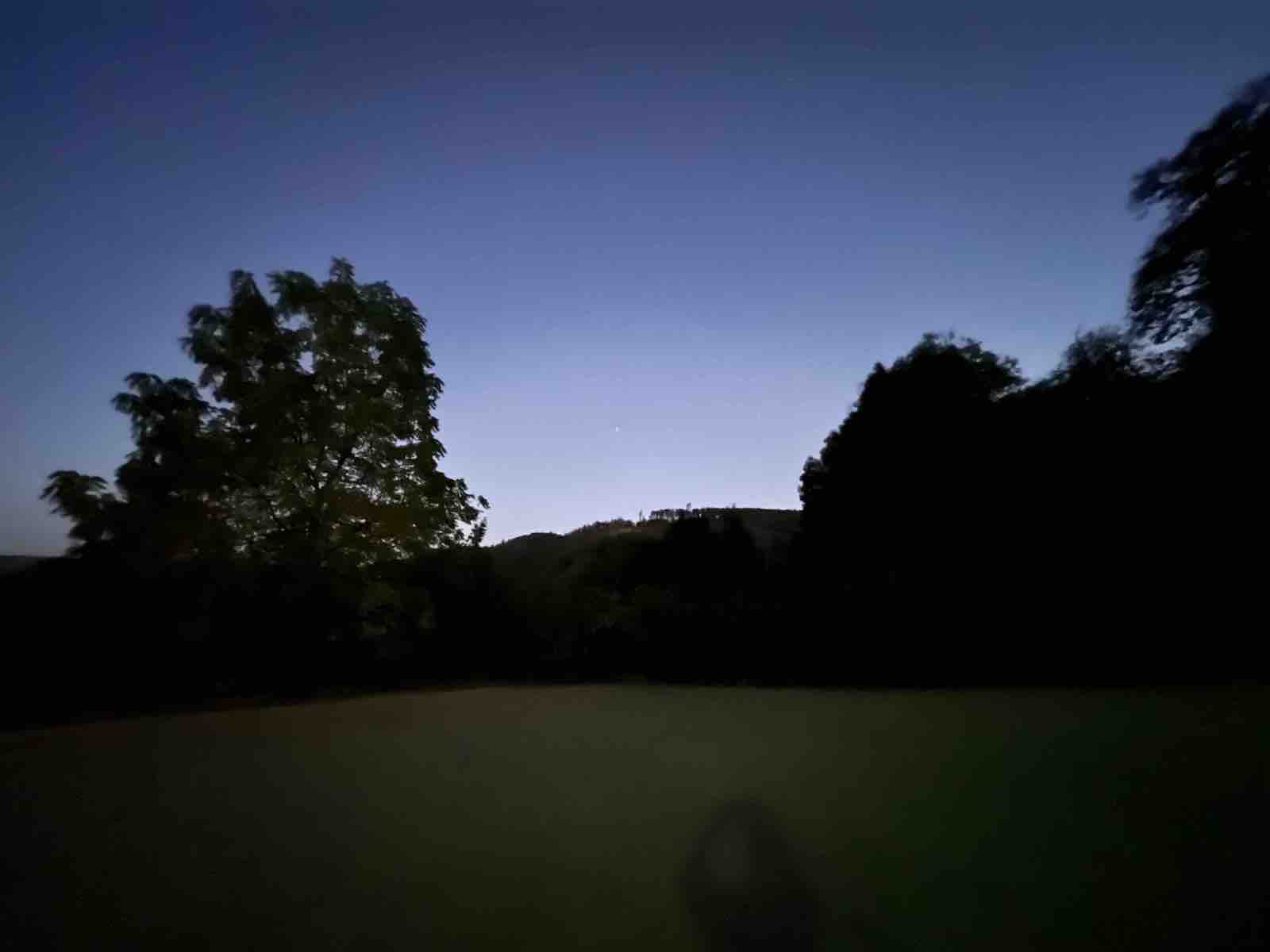
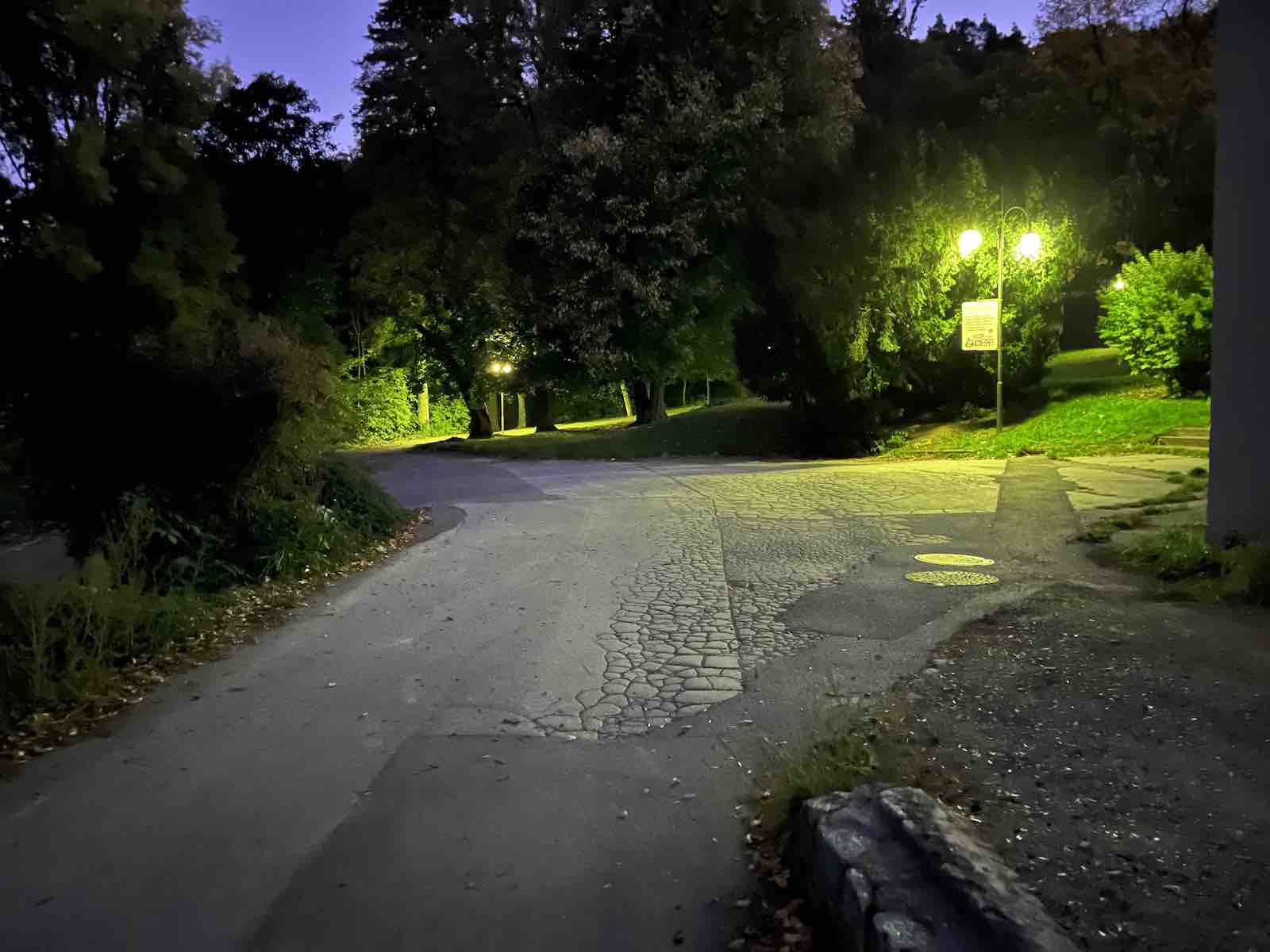
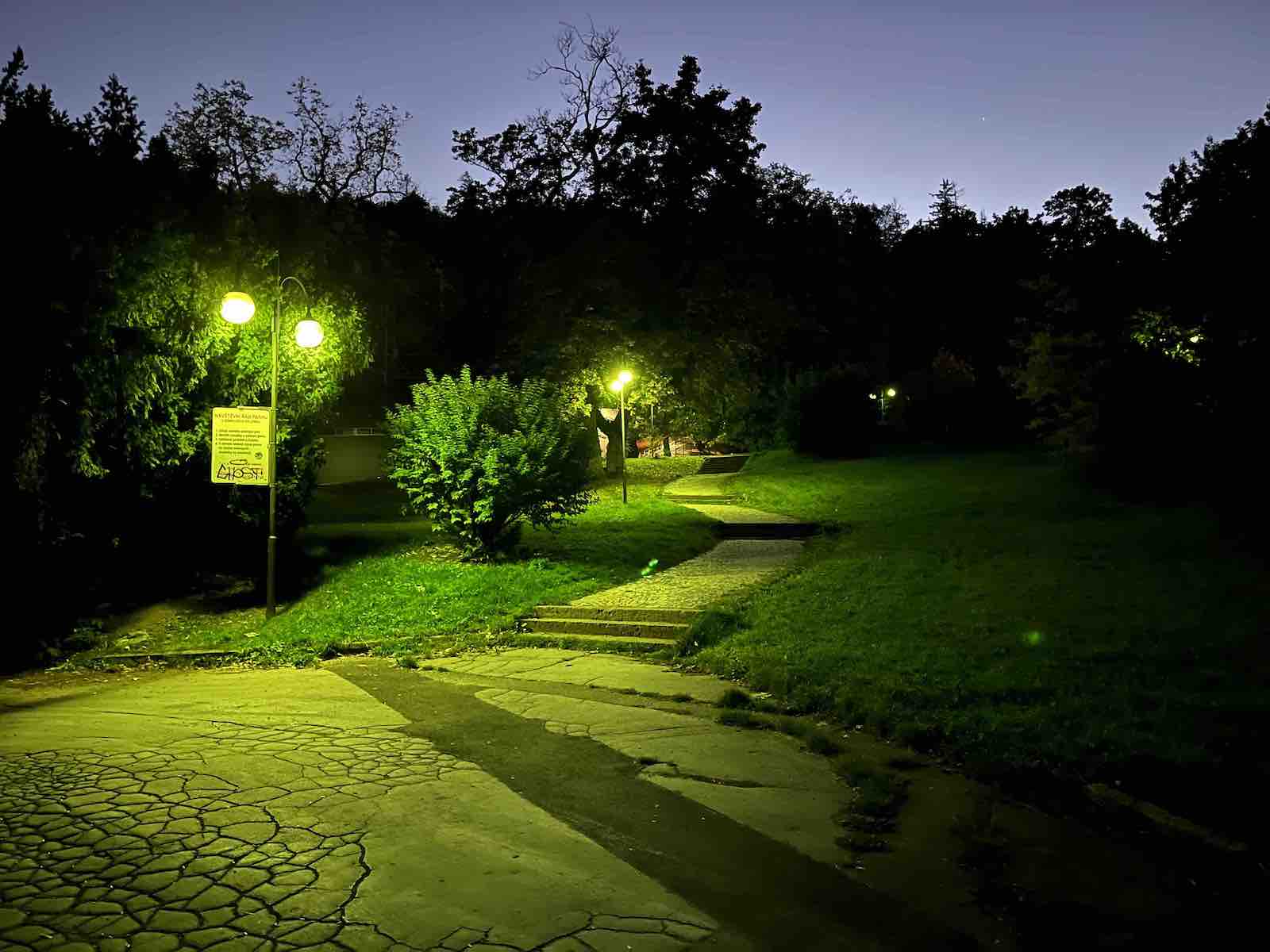
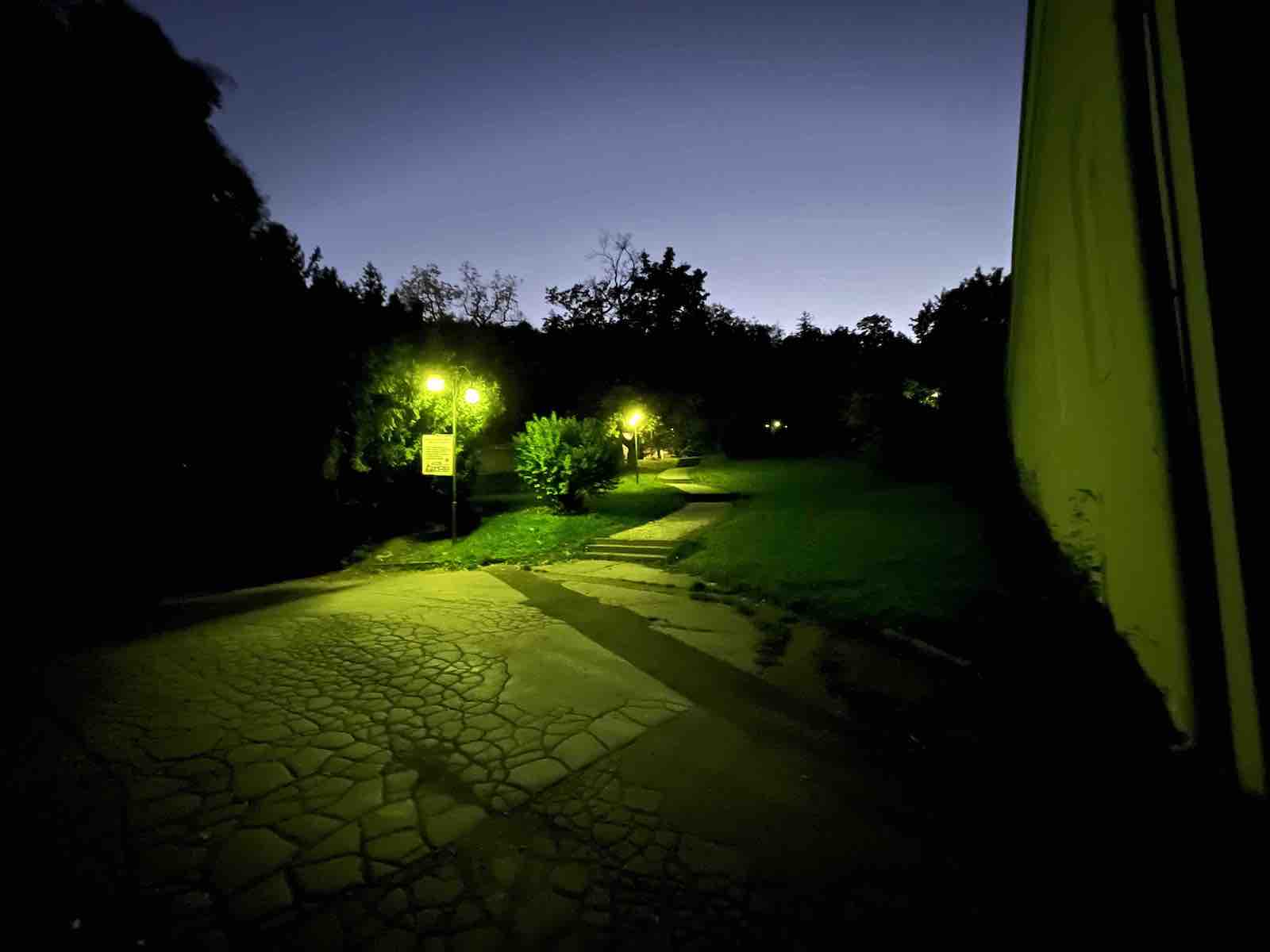
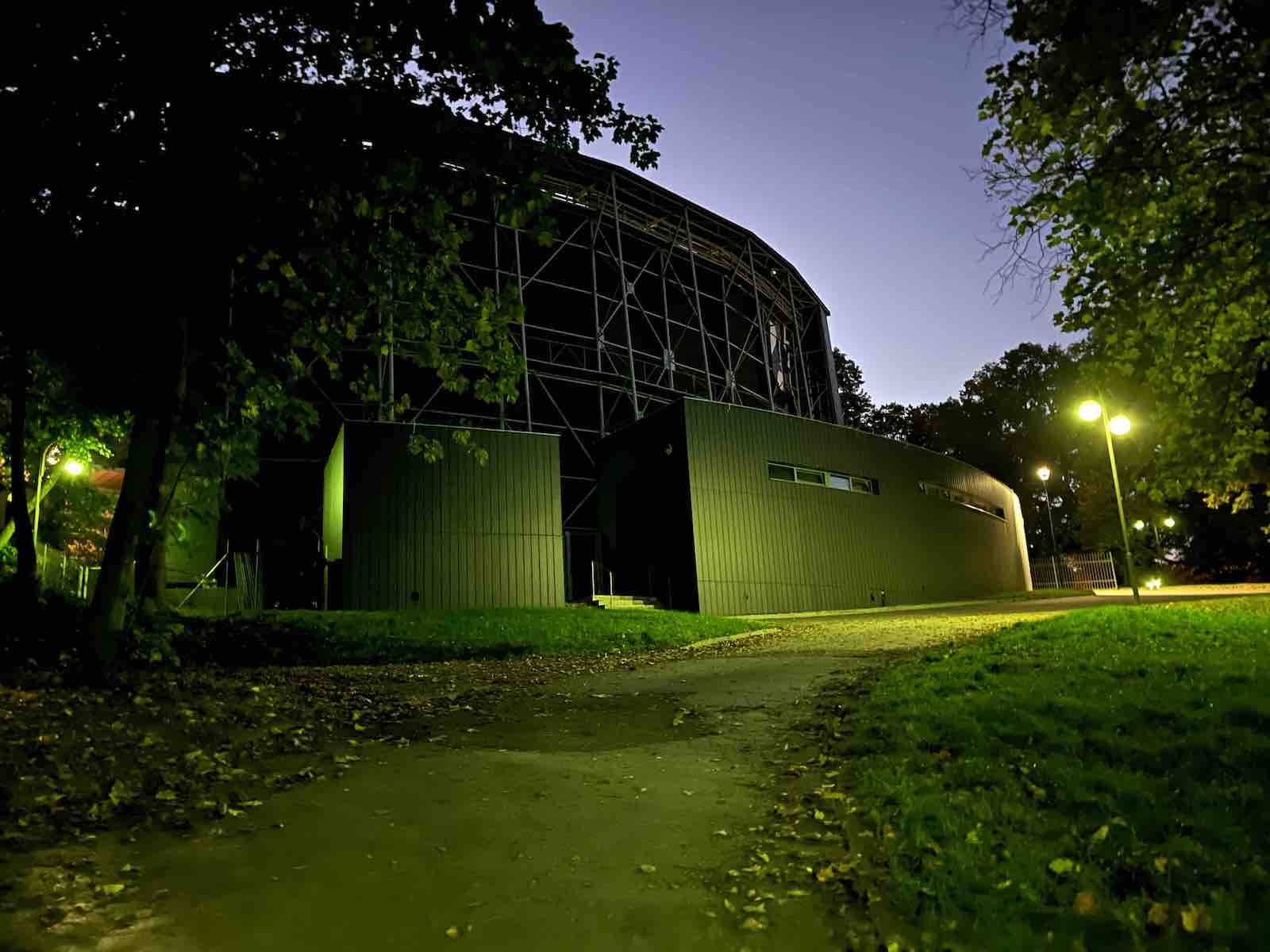


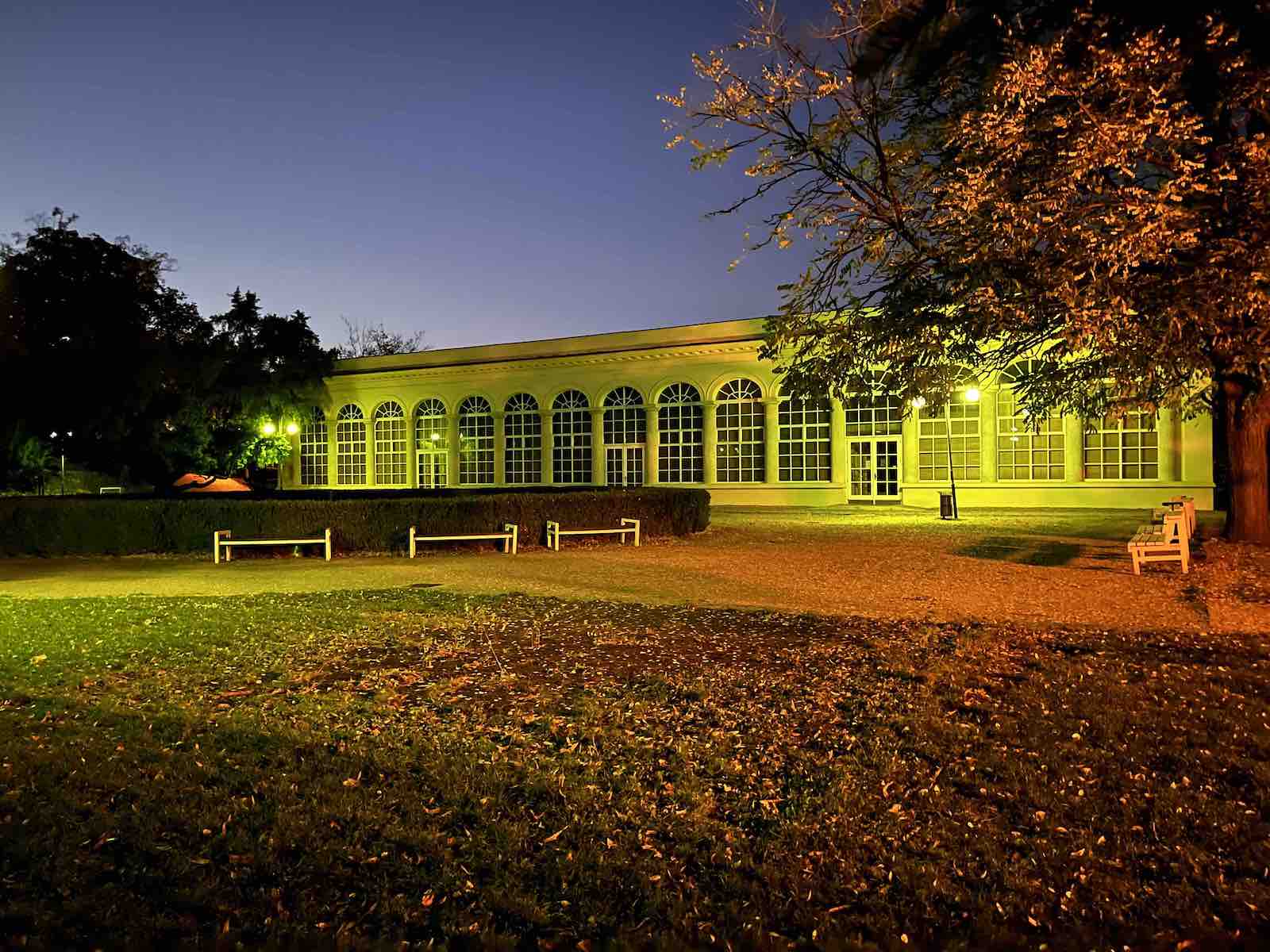
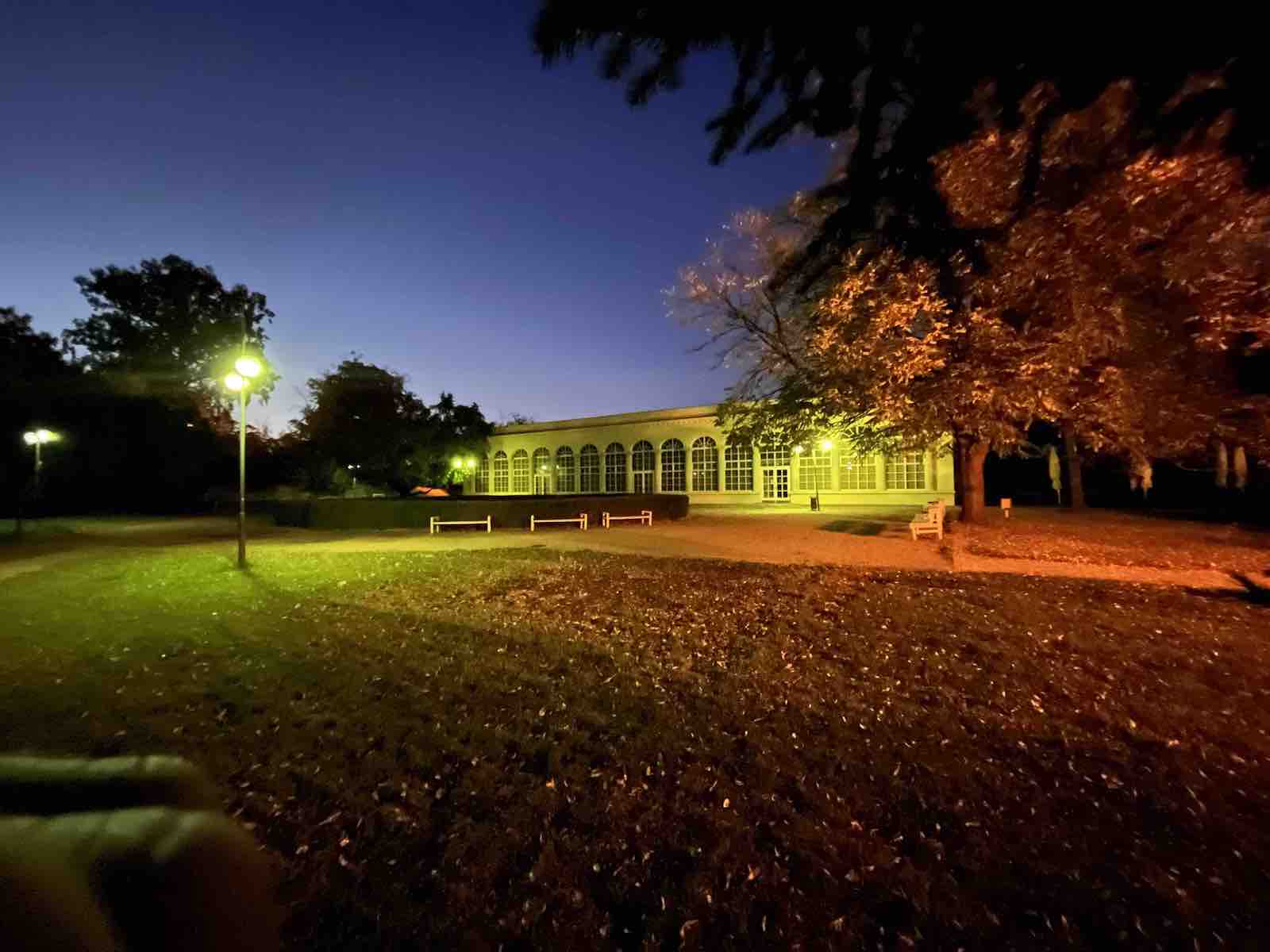
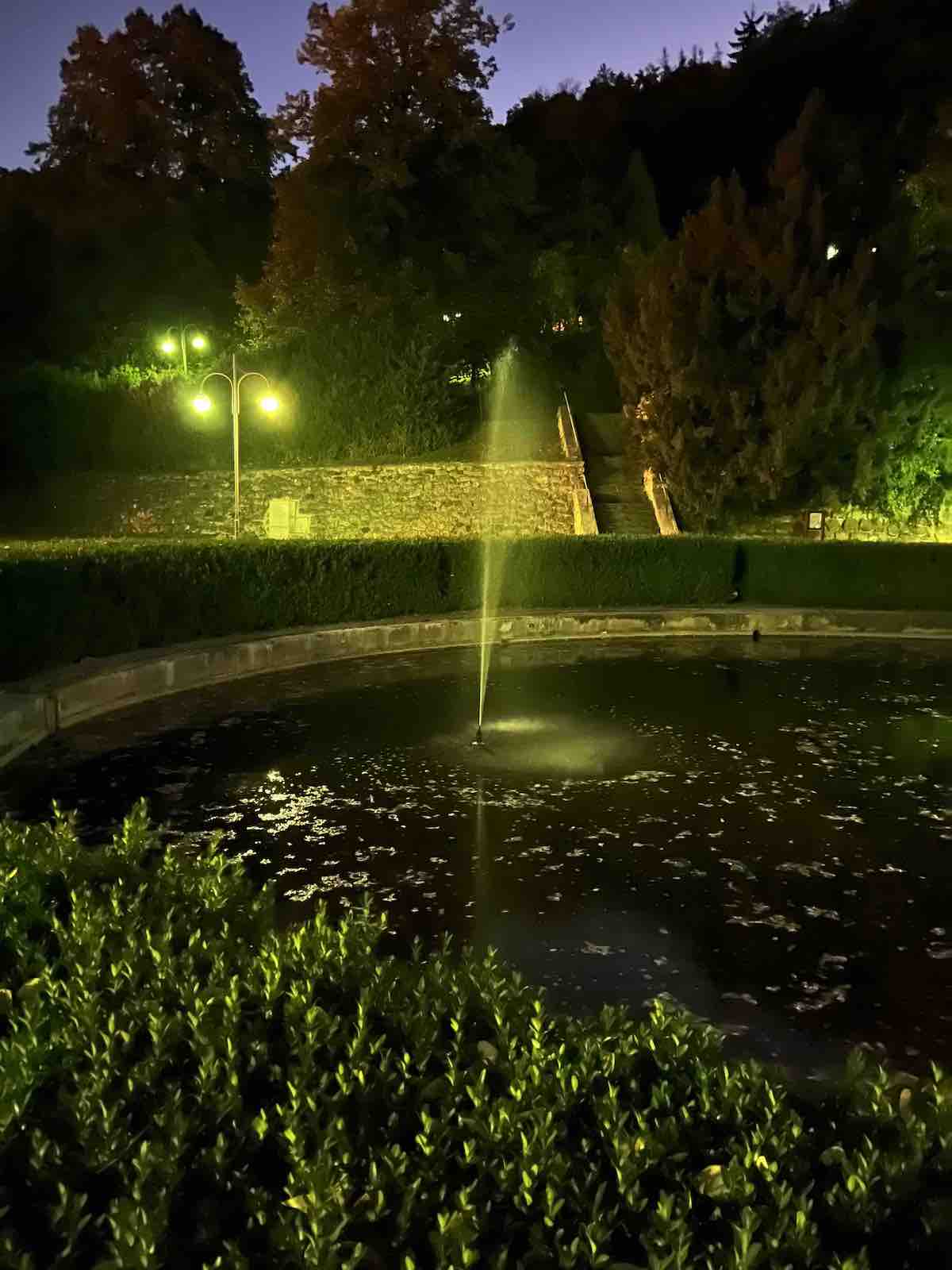
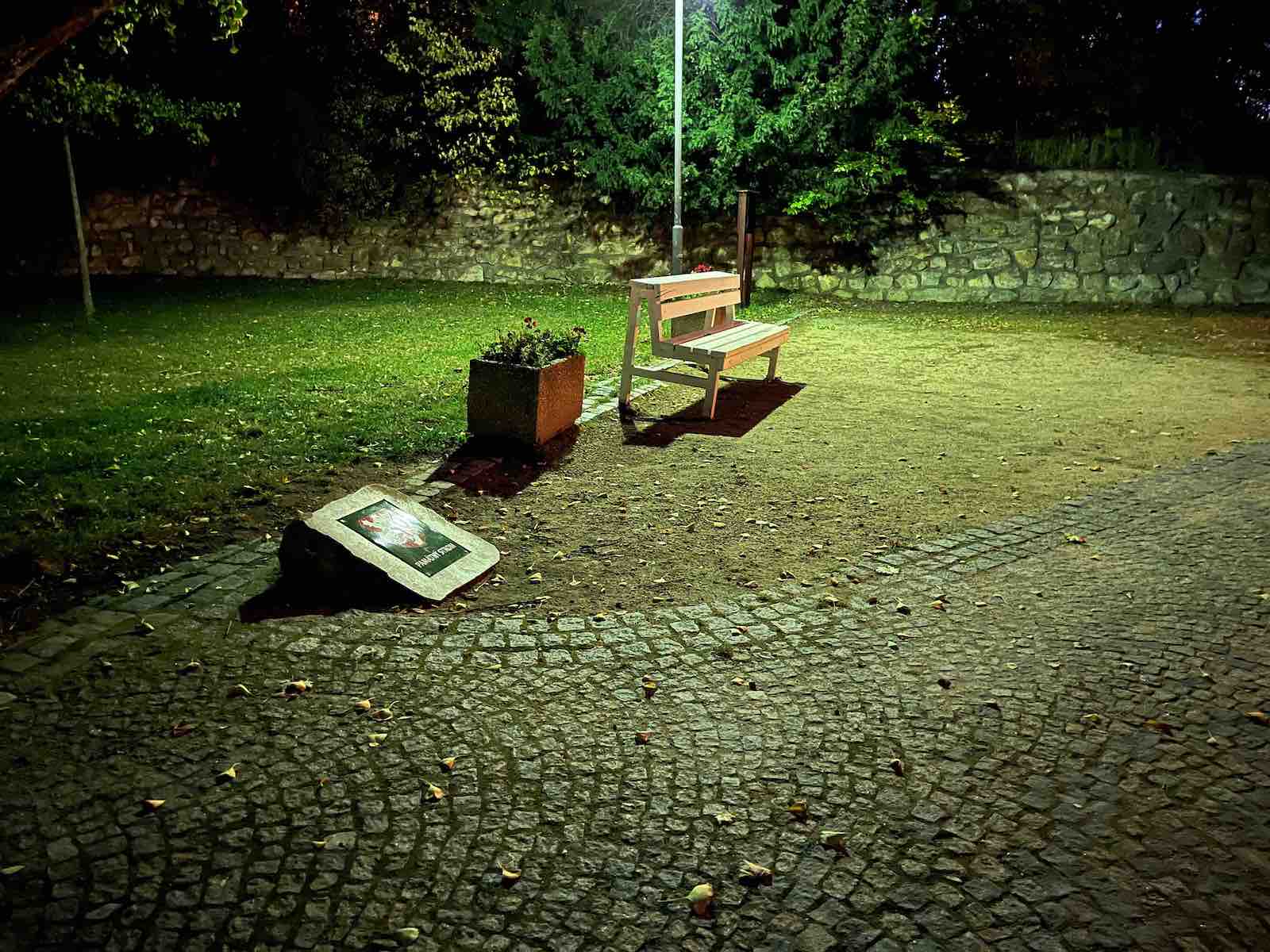


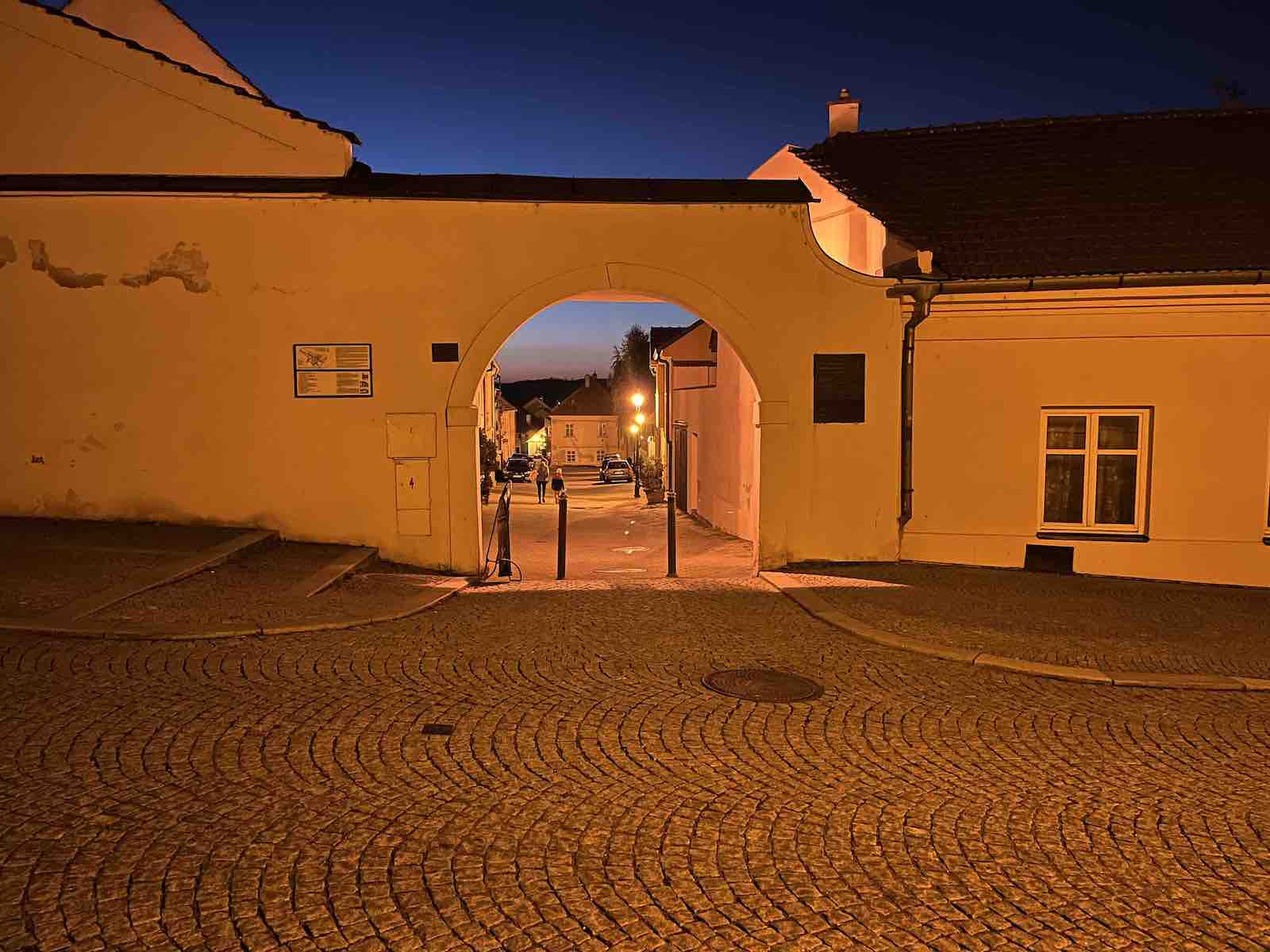


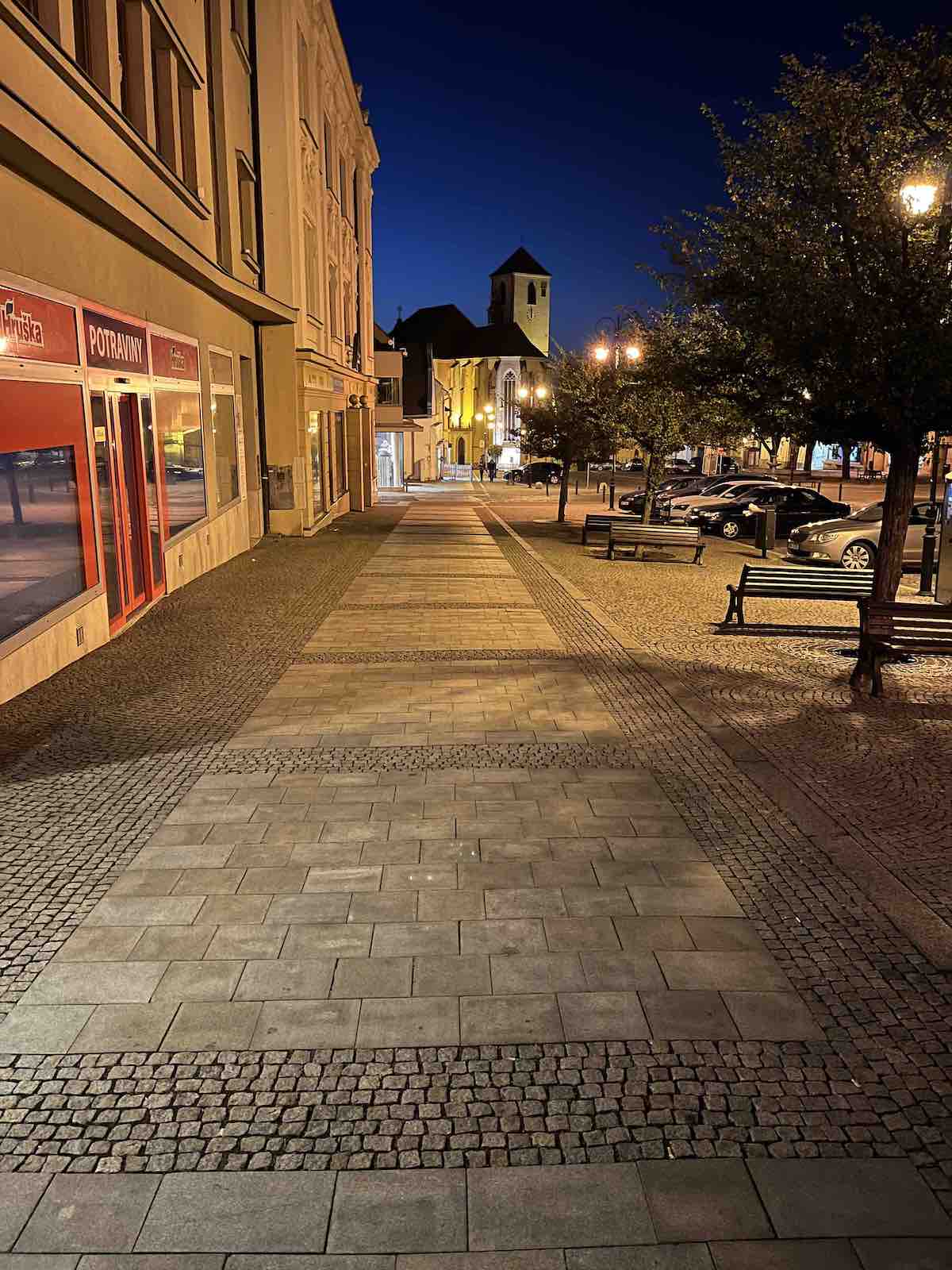

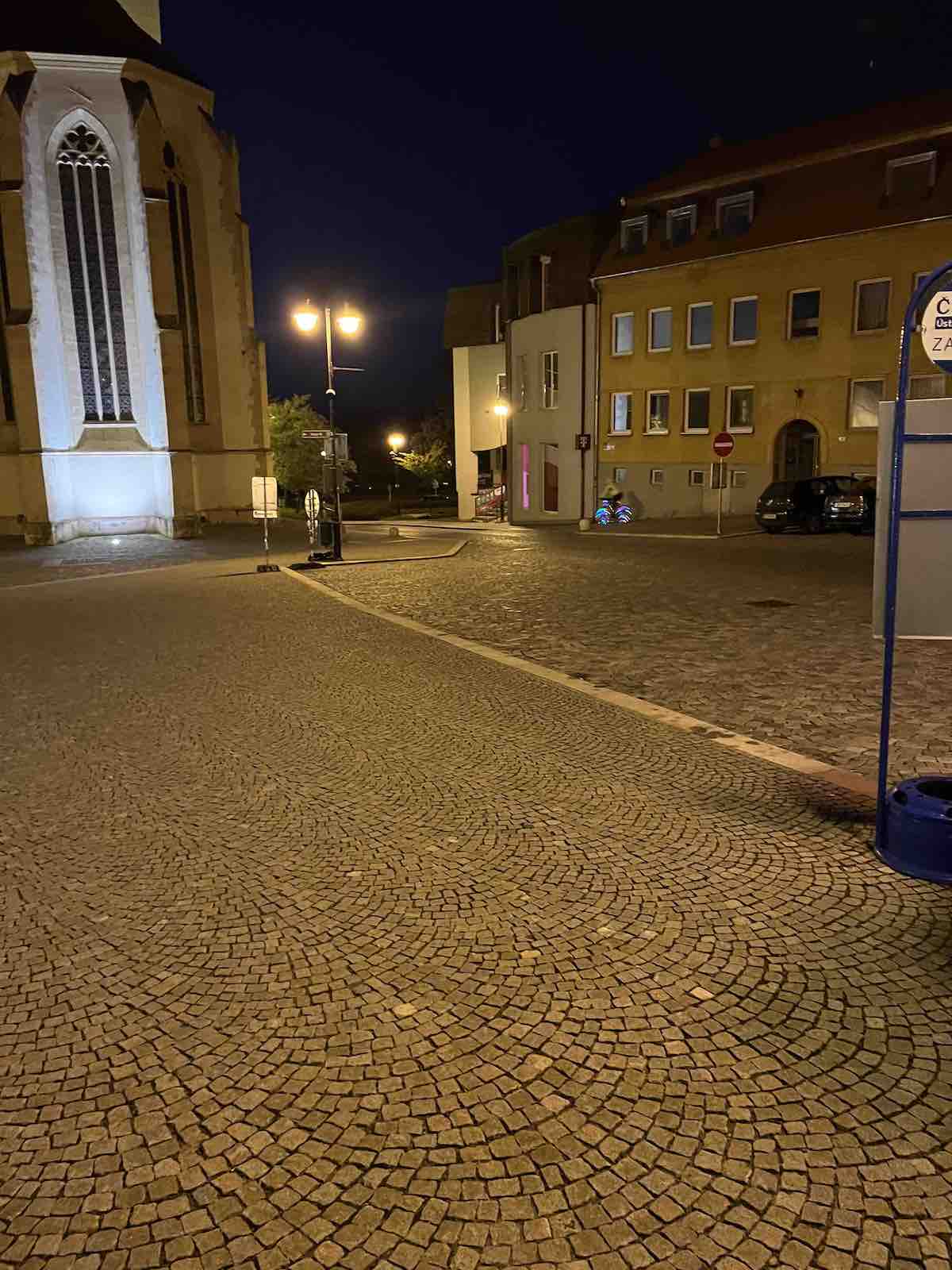


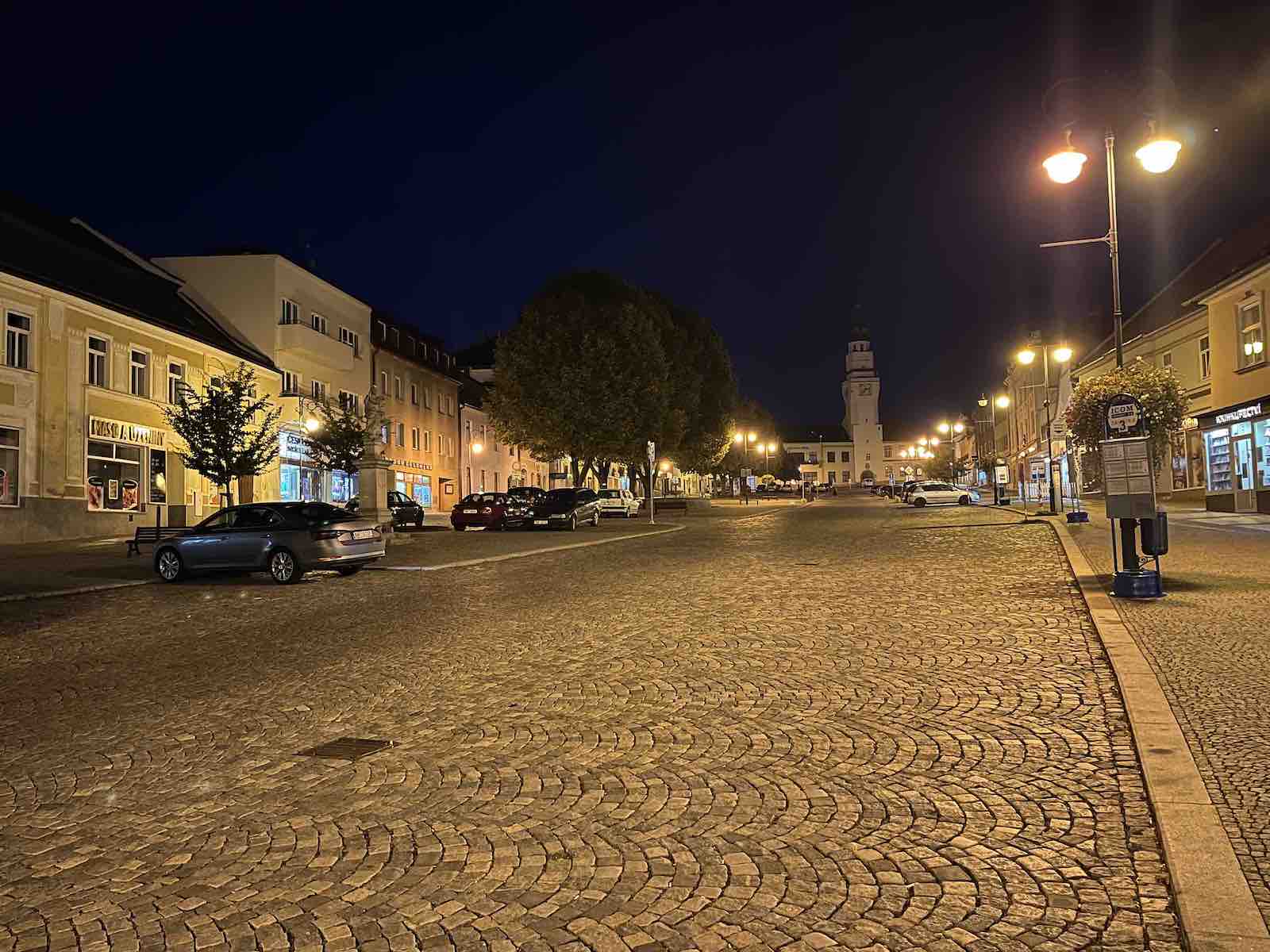
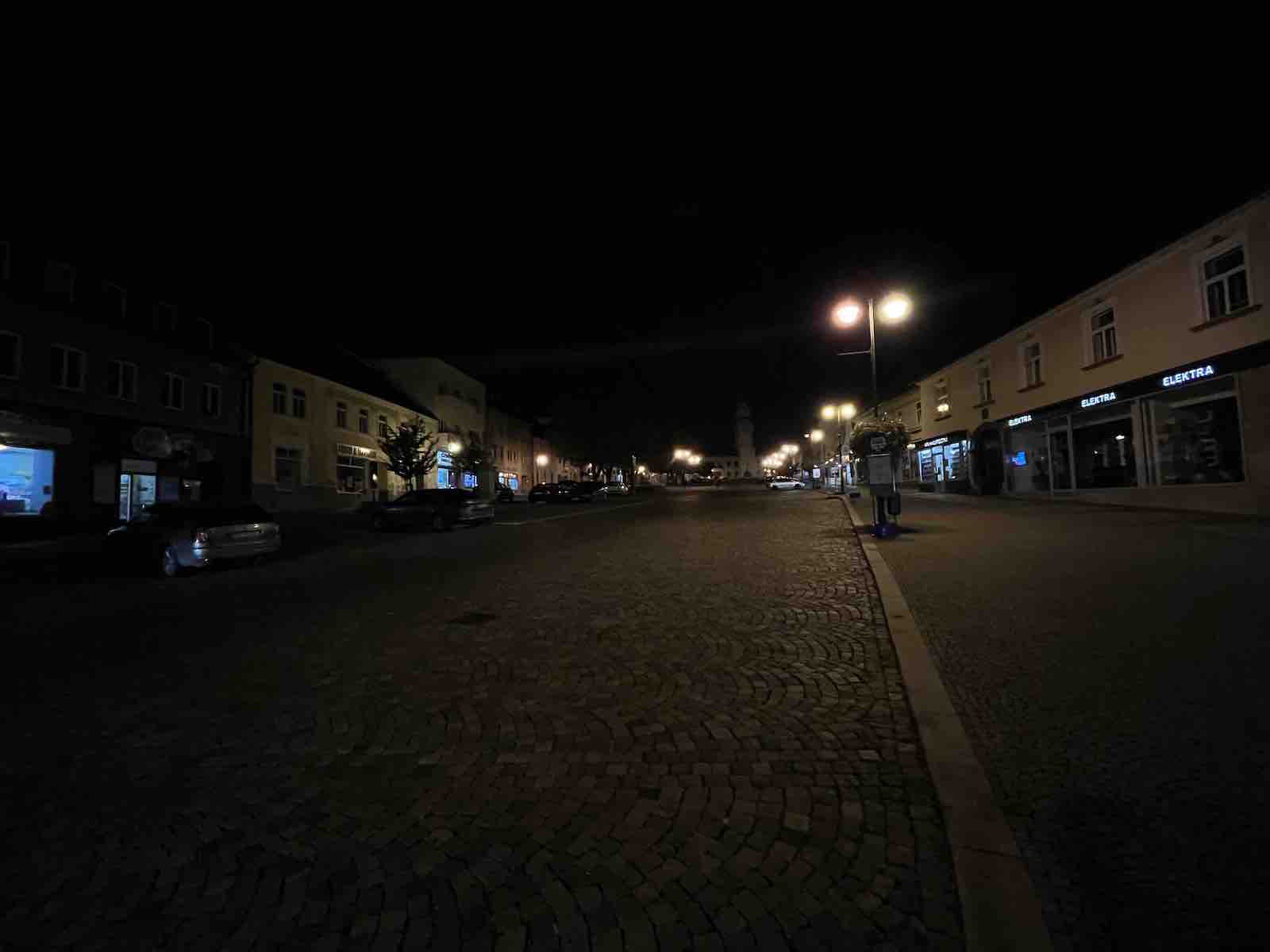
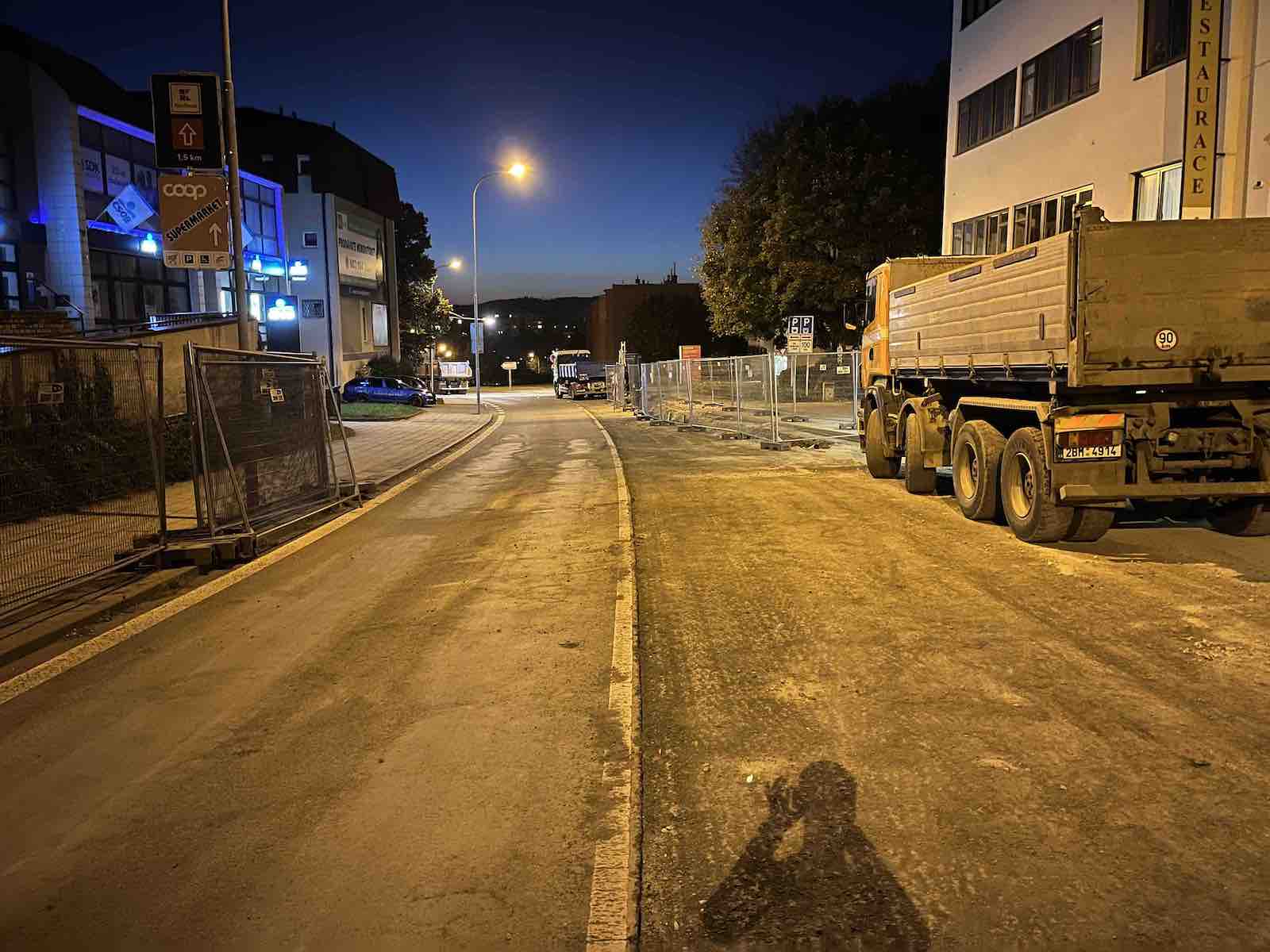
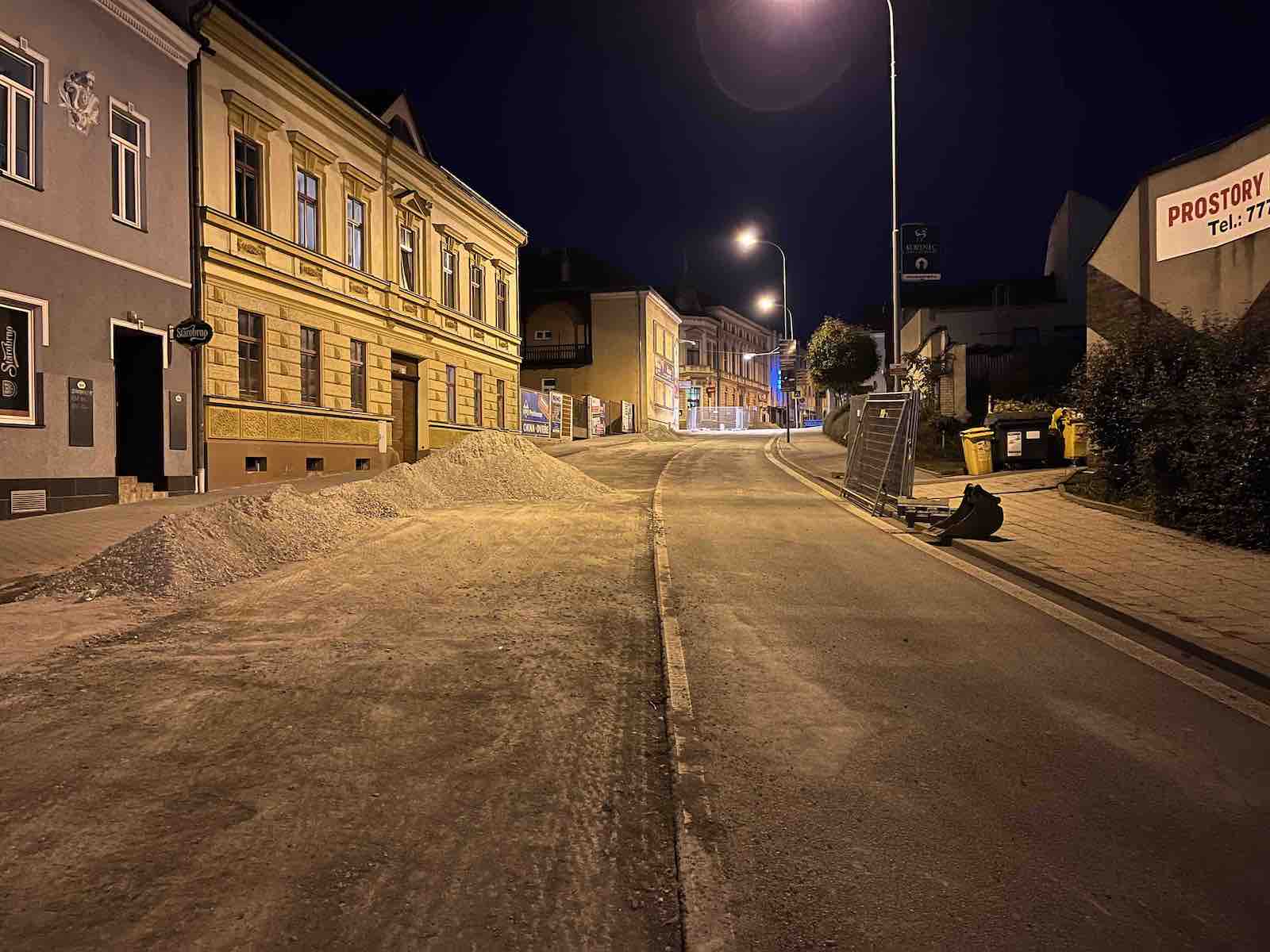
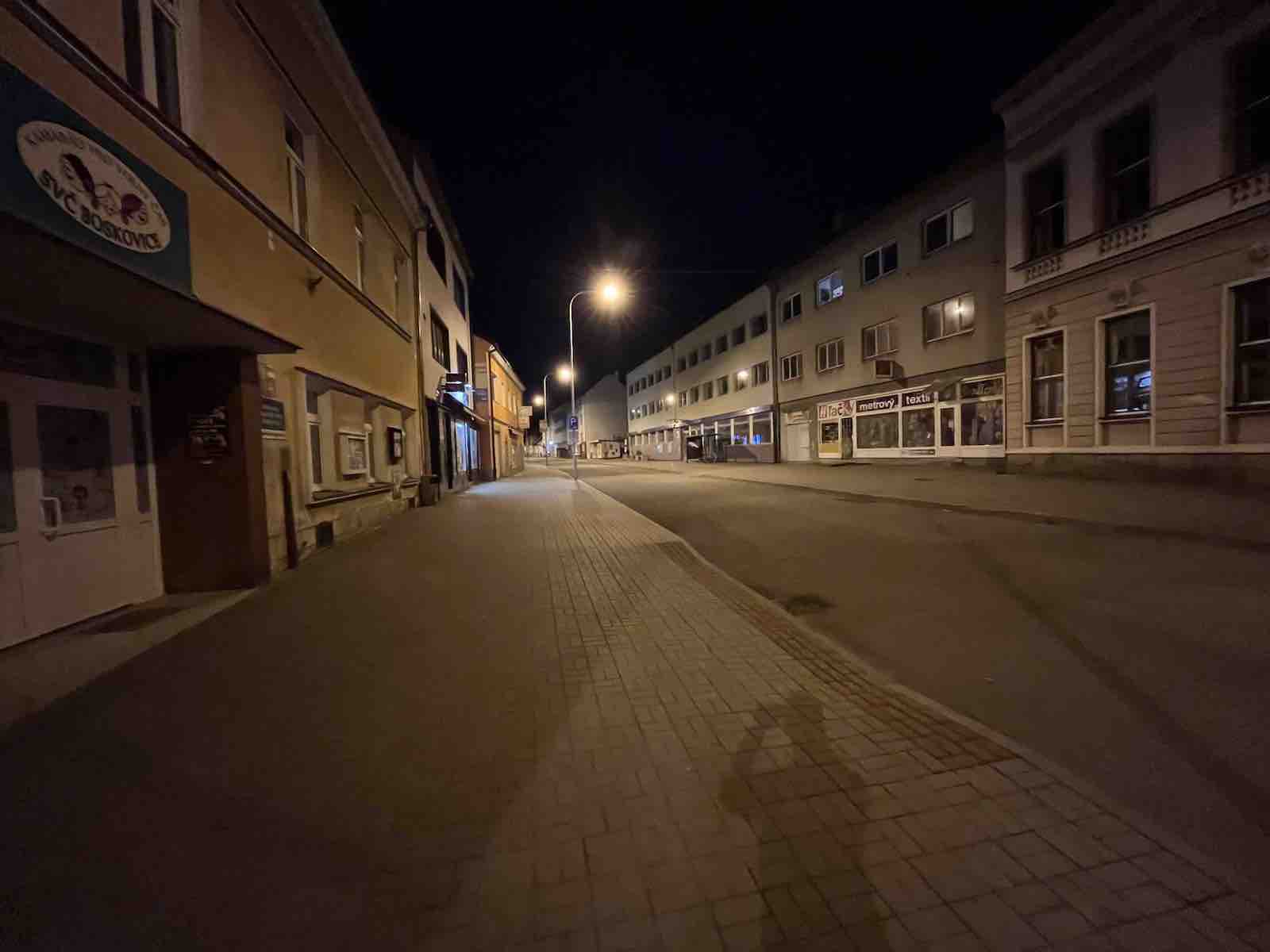

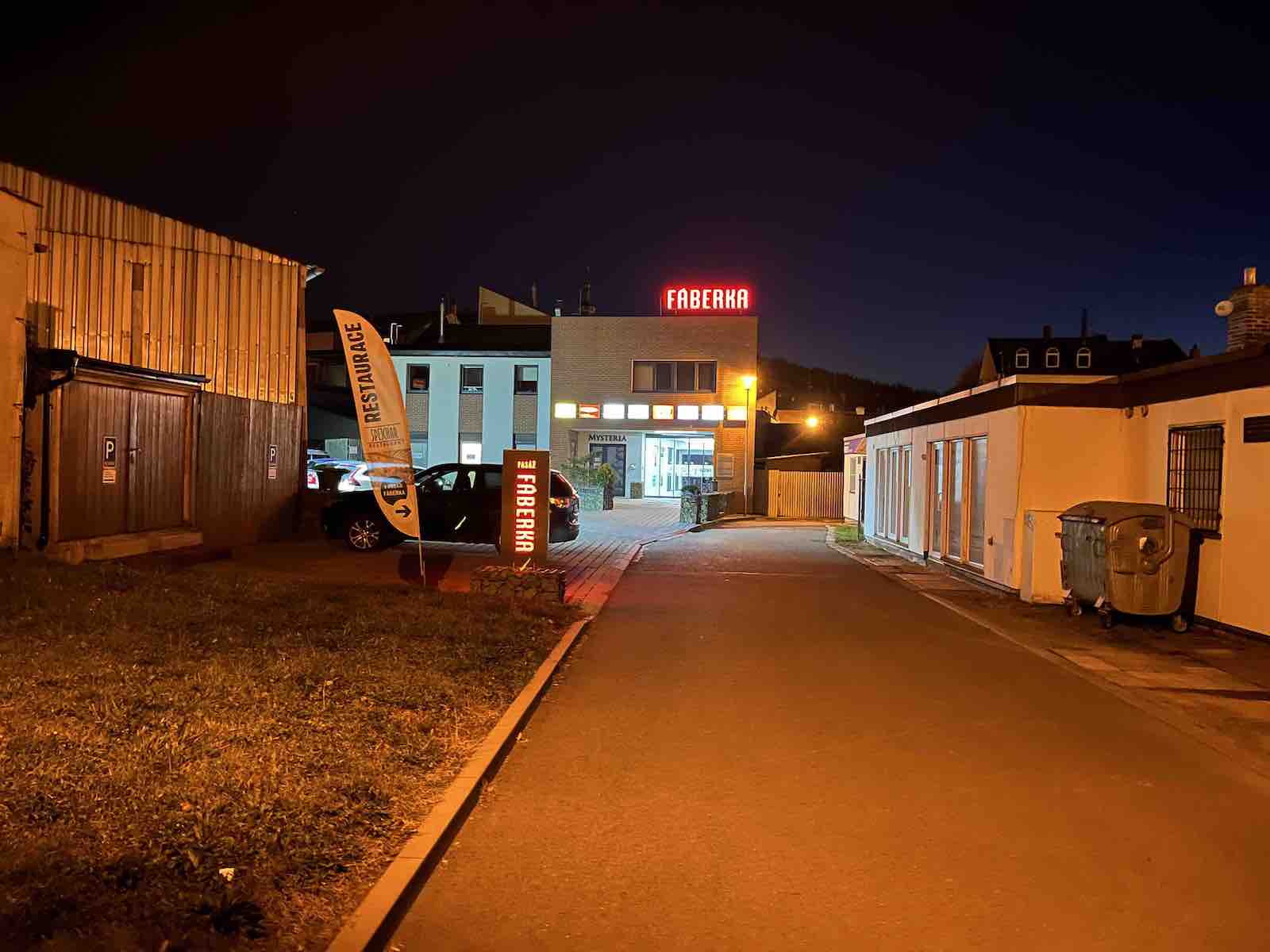

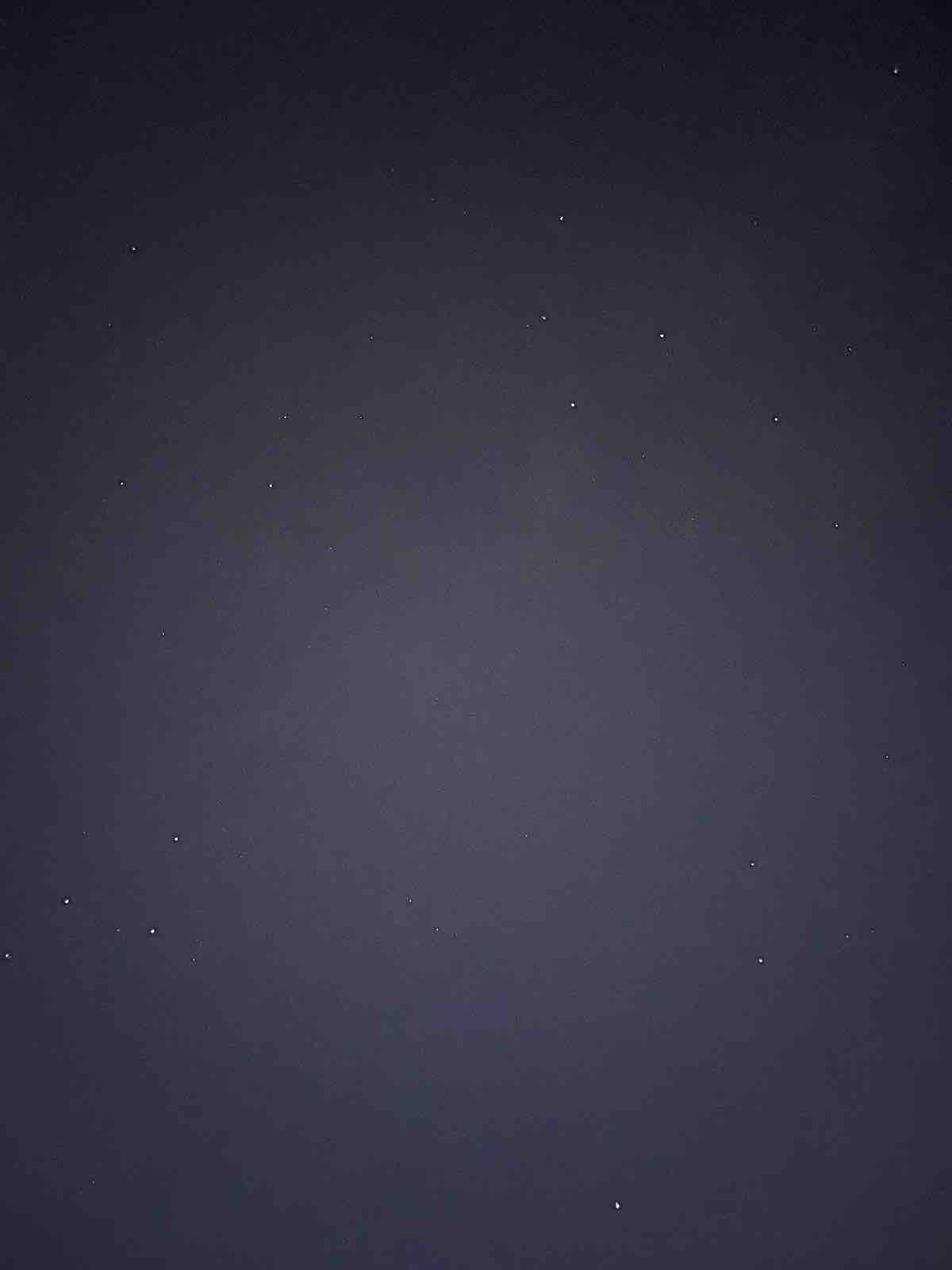

I've had it for over a week, I switched from an iPhone X and it's great. Small, fast, battery lasts about 20% longer than Xko. By far the best phone I've ever had.
Agreed… similar experience… TOP choice for regular user, I switched from iP11Pro… last year I was put off by the battery life and smaller memory capacity… thanks for the review…
The thickness, although it is only 0,25, is visible at first glance, thanks to that, the 12mini is much nicer. As for the cameras, the hump under them is much higher than last year, which means that the 13mini can't even be placed on a table without a case, so Apple has perfected this humpback. I'm saying this as a long-time Apple user, just be a little judicious.. I mean, once Apple lowers the cameras (minimally removes the lump under them), at least to the level of the 6-8, perfectly perfect, then it will be the best phone with this size on the market for people with normal hands. This is how it is with everything from Apple in recent years - beautiful, but not perfect.
Yes, it will be best if I make the whole body wider than the camera module, see? :-)
There's probably a reason why it's the way it is, the optics can't be pressed quite so easily, so we'll make a recessed camera that takes pictures from the front and, most importantly, that it will look good
I'm a big tinkerer, I switched from the iPhone se 1 gen that I had for about 6 years and it still seems fine to me. This is a completely different performance/PHOTO/save league - I'm just kidding! I like being able to handle a bloated smaller camera. The downside is that higher density/weight = higher kinetics even with different falls. What I did not solve at all with the SE1g here meant (when using the same protections) gotseidank only chipped off the protective glass, but be careful! Otherwise, after about 14 days, I am completely delighted